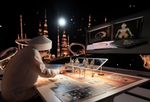It’s hard to believe that twenty years have passed since the Drake Hotel opened its doors on the edge of Toronto’s Queen Street West design district, after a lengthy planning phase and an even longer renovation. I was fortunate enough to have been part of the creative team that transformed the derelict rooms-by-the-week hotel into a multi-faceted cultural hub, helping to shape both the venue’s infrastructure and its early programming. In February 2024 I was invited back to participate in a panel discussion about the role Drake has played as the anchor tenant in what is still, despite the creeping density and ongoing gentrification, a vibrant and trend-setting artistic neighbourhood.
Moderated by current curatorial head Jalyssa Mills, I was joined in the Drake Underground by four others who had significantly contributed to the task of making culture happen in the 150-capacity room and across the hotel proper over the intervening two decades. André De Pape, Iain MacNeil, Matt Maw, DJ Kigu and I had a lively discussion that touched on programming highlights and challenges and attempted to take the measure of the Drake’s ongoing cultural impact on the city. You can listen to the audio of our conversation below, and read about some of the background and highlights from my tenure there in the rest of this piece.
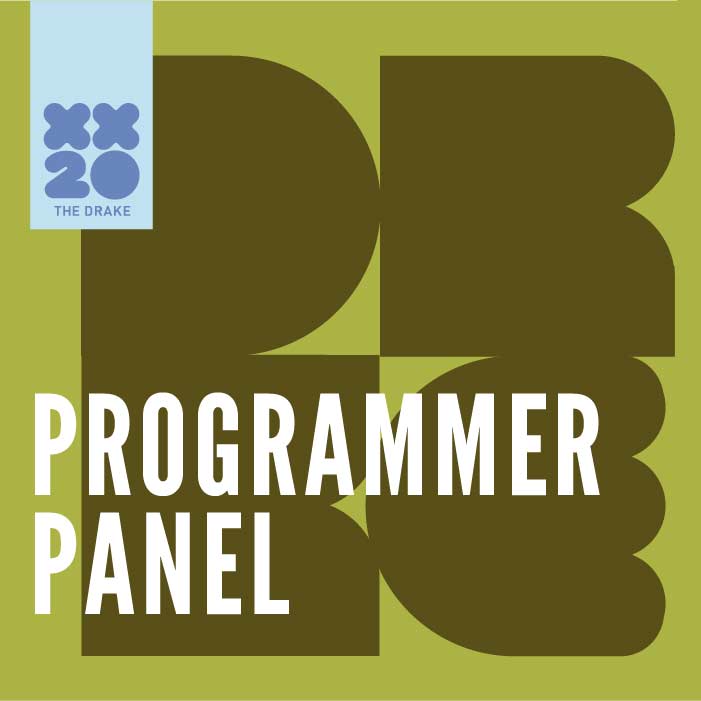
Beginnings
Founder and owner Jeff Stober came to the project with a broad vision that drew on the artistic legacy of NYC’s Chelsea Hotel and the design functionalism of the Ace Hotel brand, among other reference points. After exiting his headhunting firm in the late 90s, Jeff travelled the world and put together a Yellow Pages-sized scrapbook of creative ideas and inspiration. Our core team, comprising assorted architects, artists, designers, builders and hospitality veterans was tasked with refining and extending Jeff’s vision and then implementing the multi-million dollar renovation.
Few hotels have a live event performance space built in to their architecture, and how to best realize the potential of the Underground as the centre of a 21st century arts hub was a big part of the pitch that my partner Carmen Dunjko and I made to Jeff in the fall of 2002. Below are some slides from one of our presentations which drew heavily on the idea of the space as a communal media lab where physical performances would sit alongside screen-based presentations. We also sketched out the types of events the space could hold and took a stab at a broader programming outline, stressing variety and versatility.
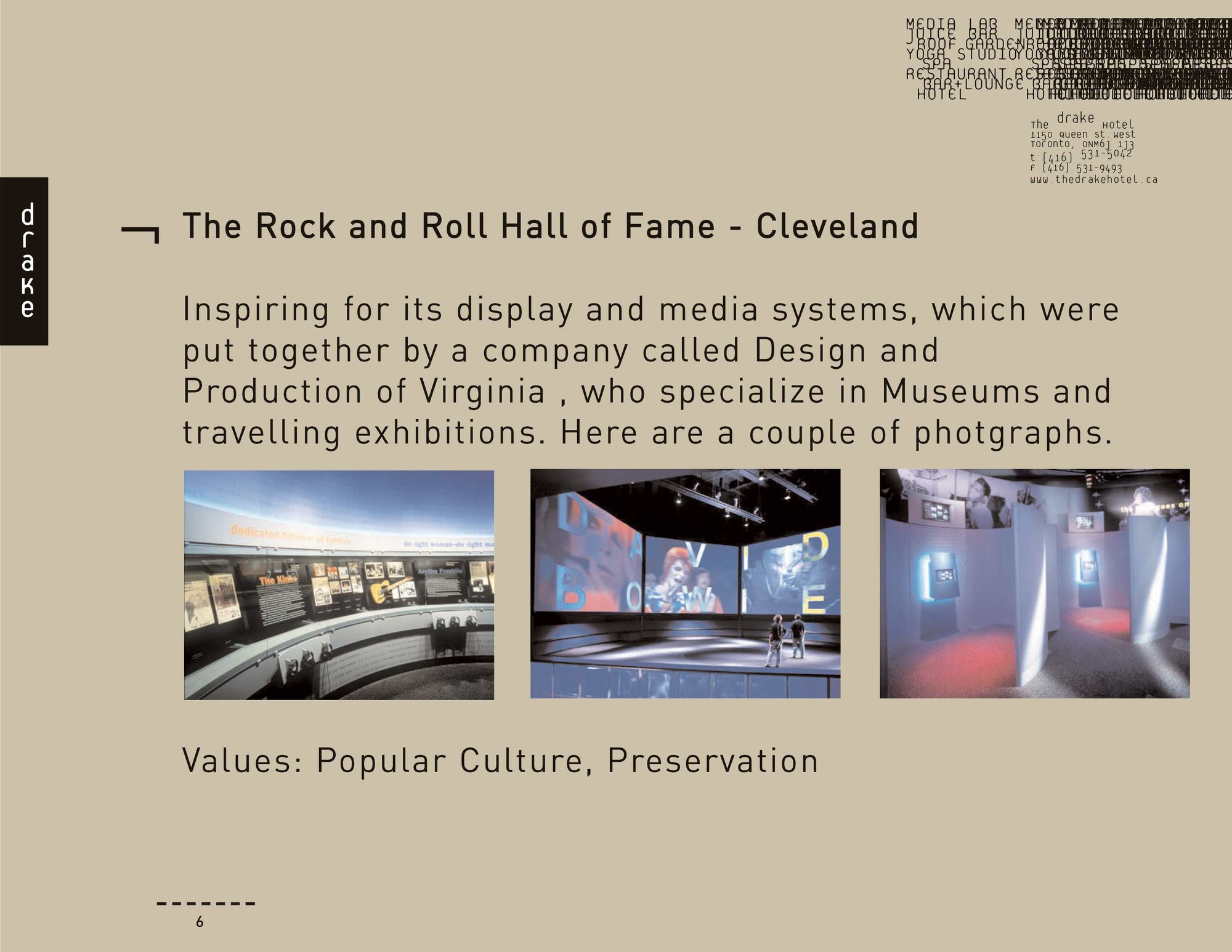
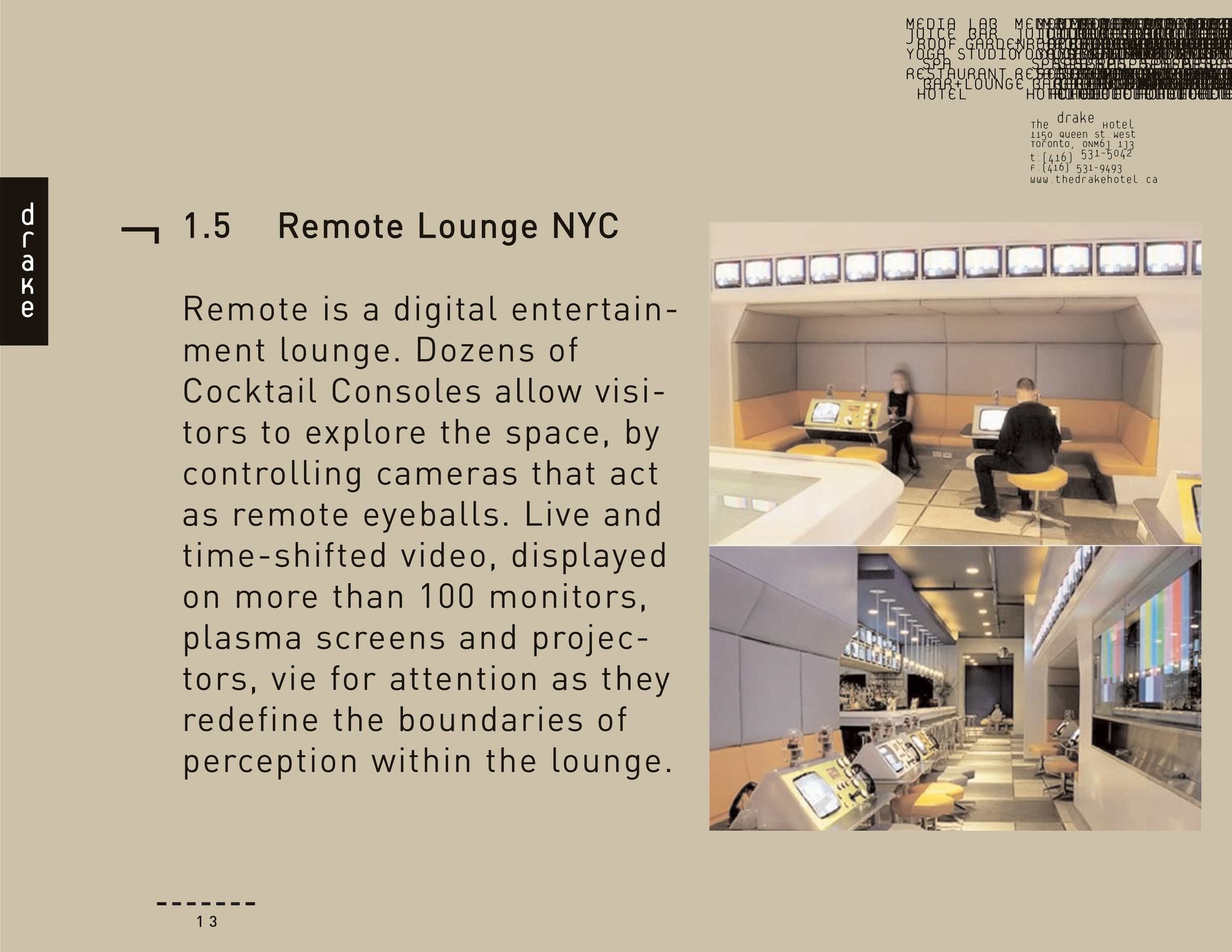
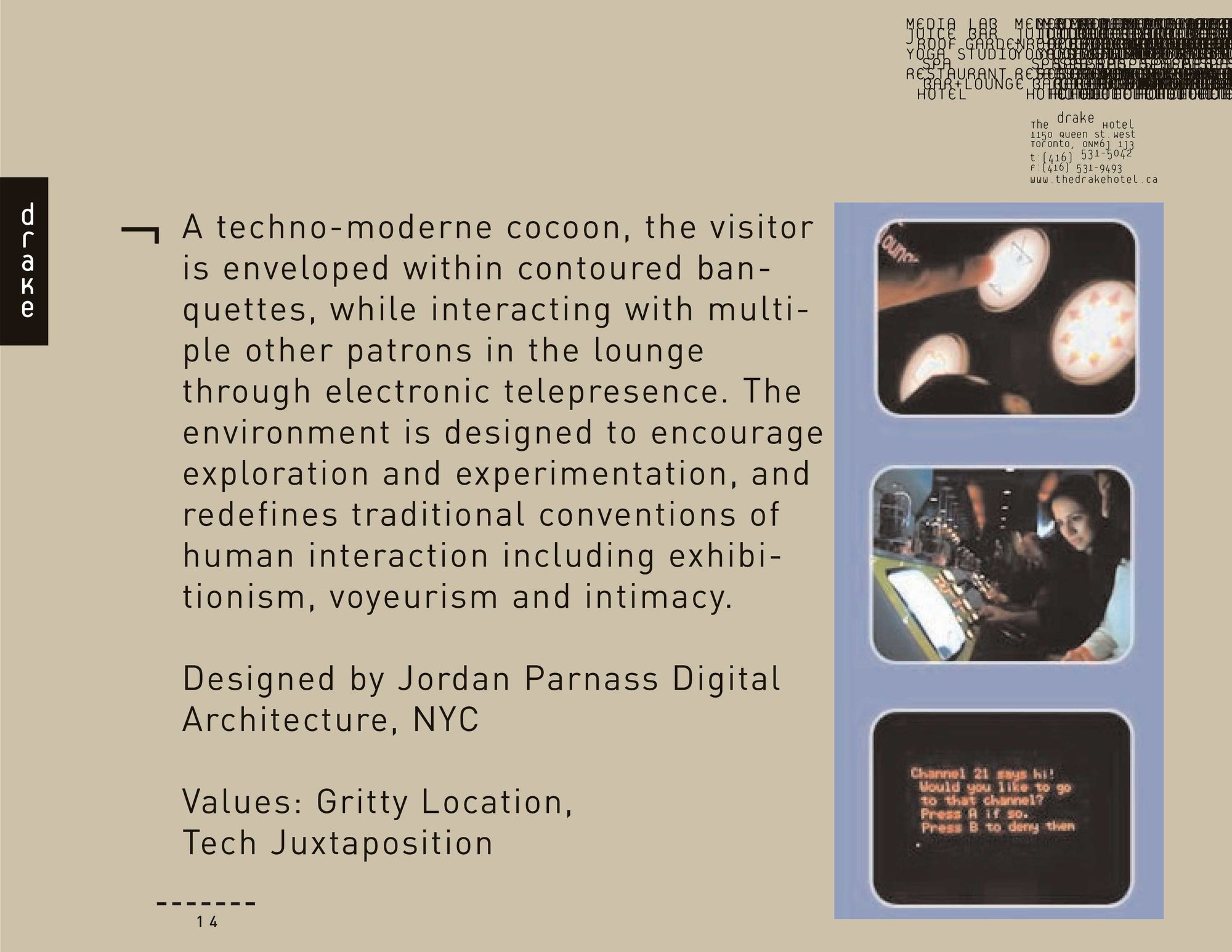
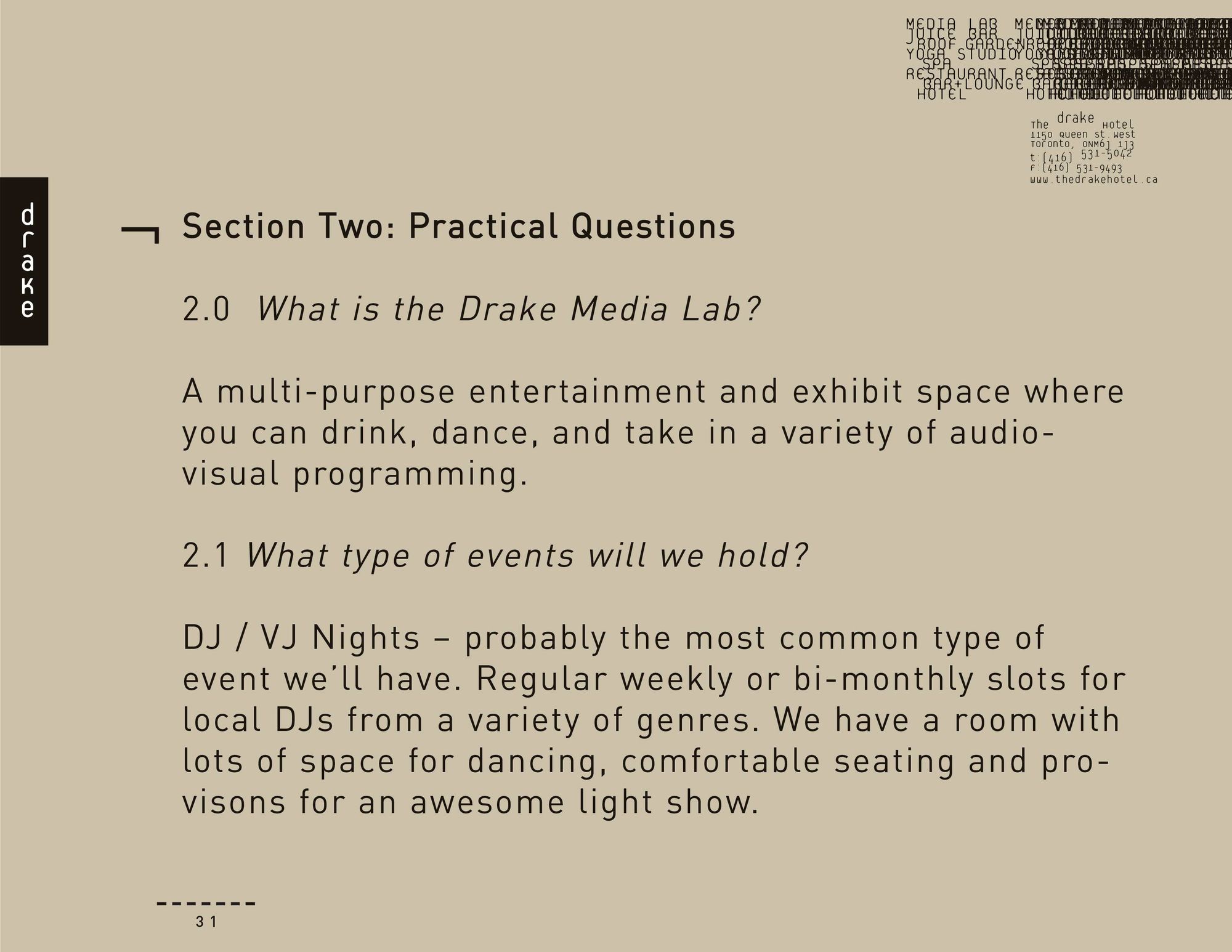
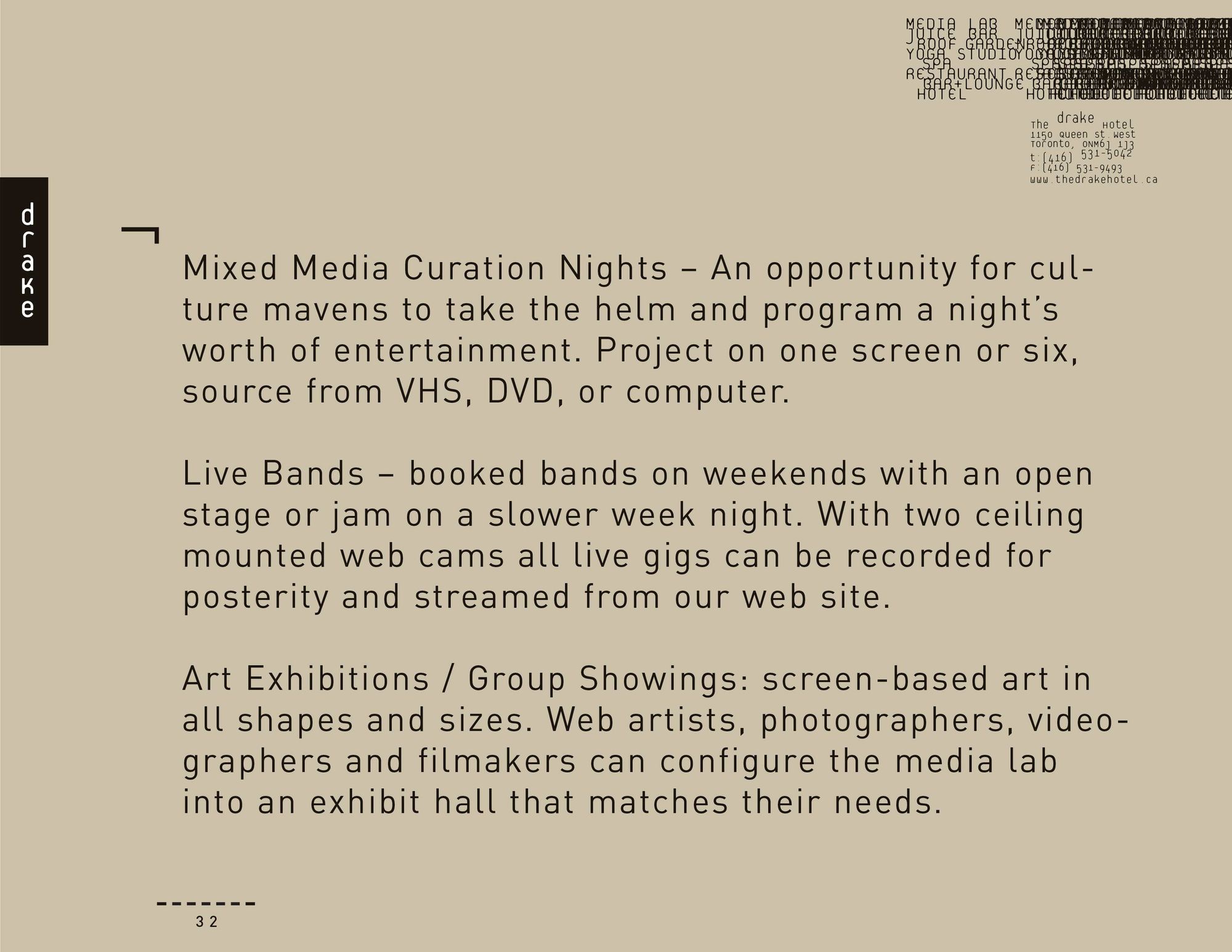
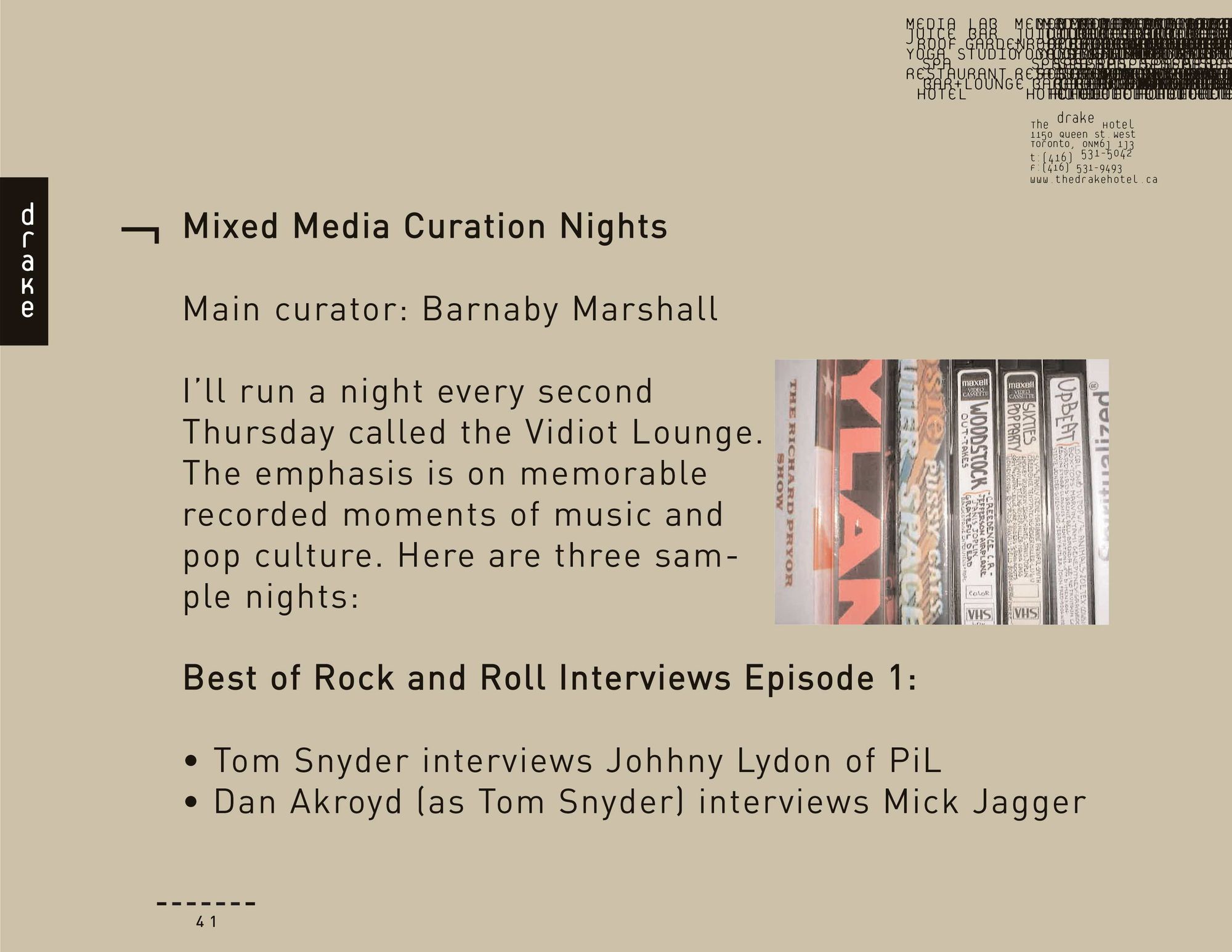
After getting buy-in for our approach, Carmen and I decided to host an event at our loft for a select group of artists, writers, musicians and general downtown scenesters who we felt were representative of the Drake's target audience. After presenting some early sketches and ideas for the project, we asked our participants to complete a short survey in order to gut check our assumptions. This "Social Study" document provided much useful information that would guide our marketing and positioning over the coming months, which began in a very grassroots, word-of-mouth fashion, and ultimately proved successful in generating significant media interest as the opening day drew closer, in no small part thanks to Jeff's skills at wooing and wowing the chattering classes.
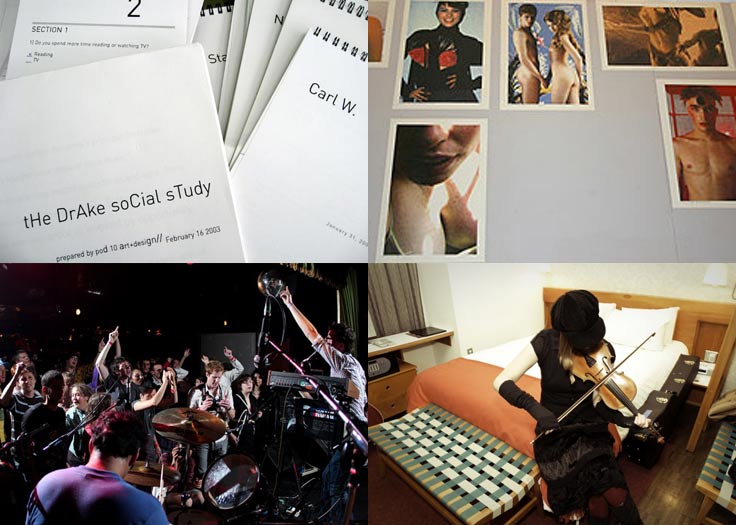
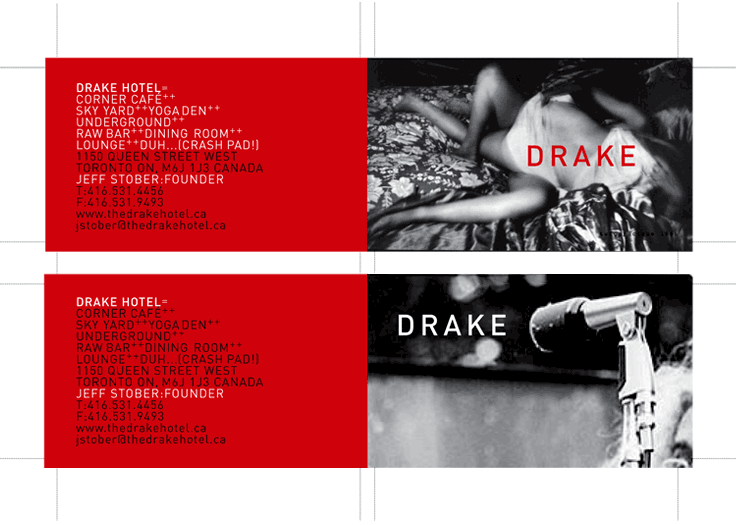
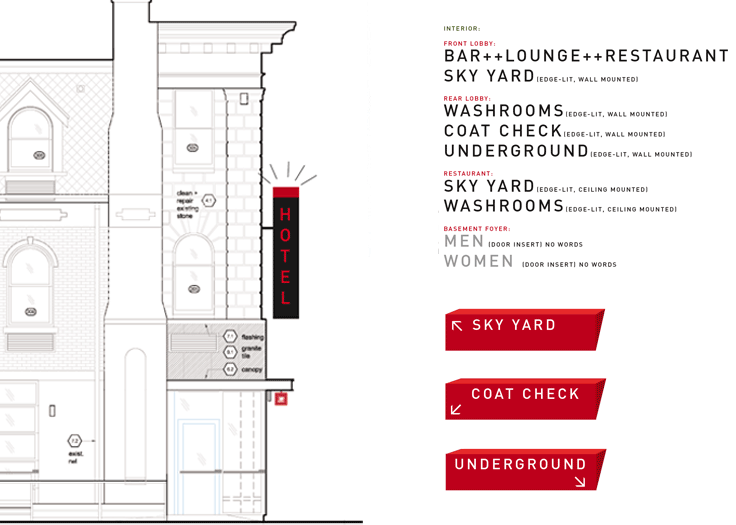
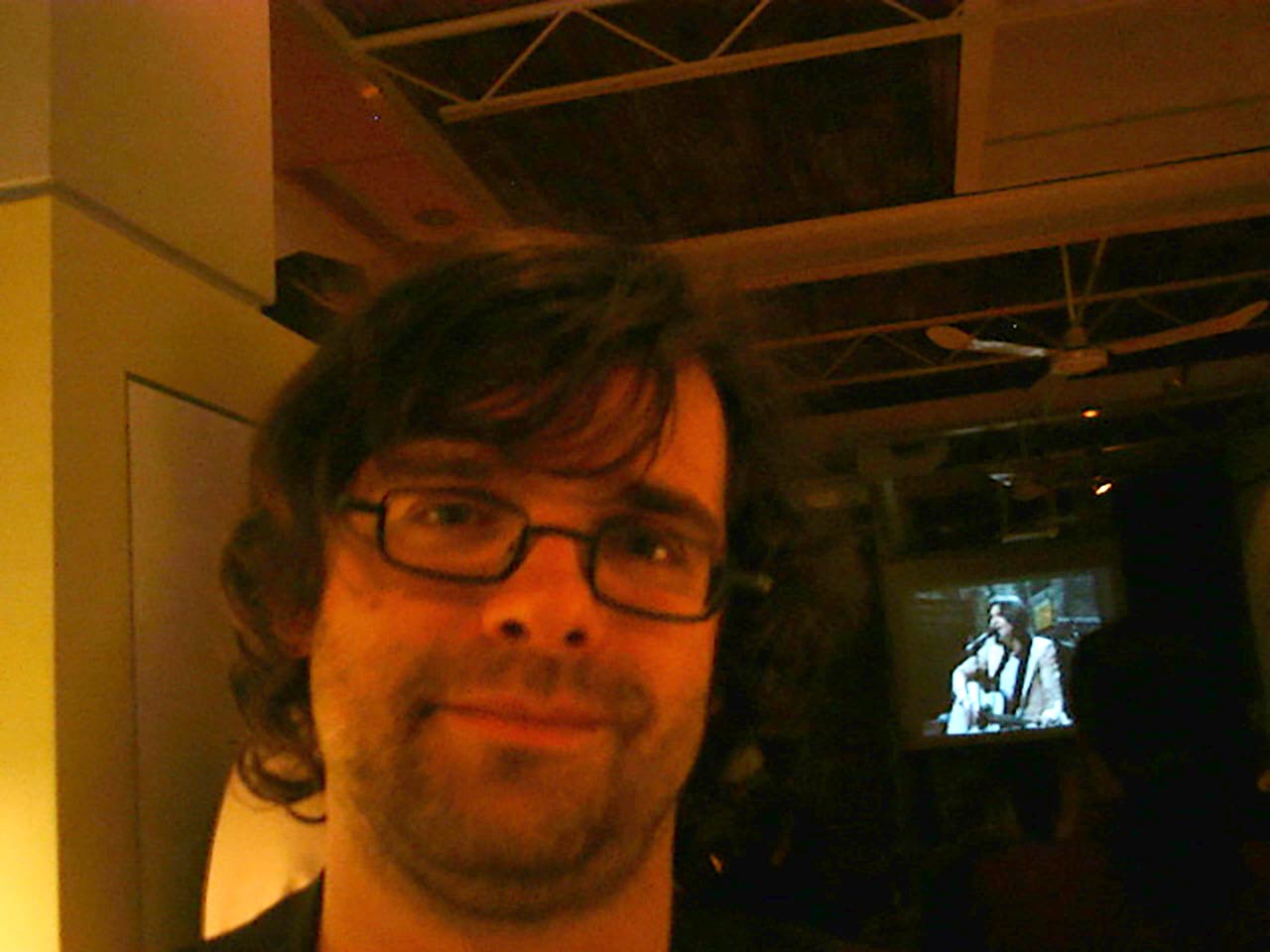
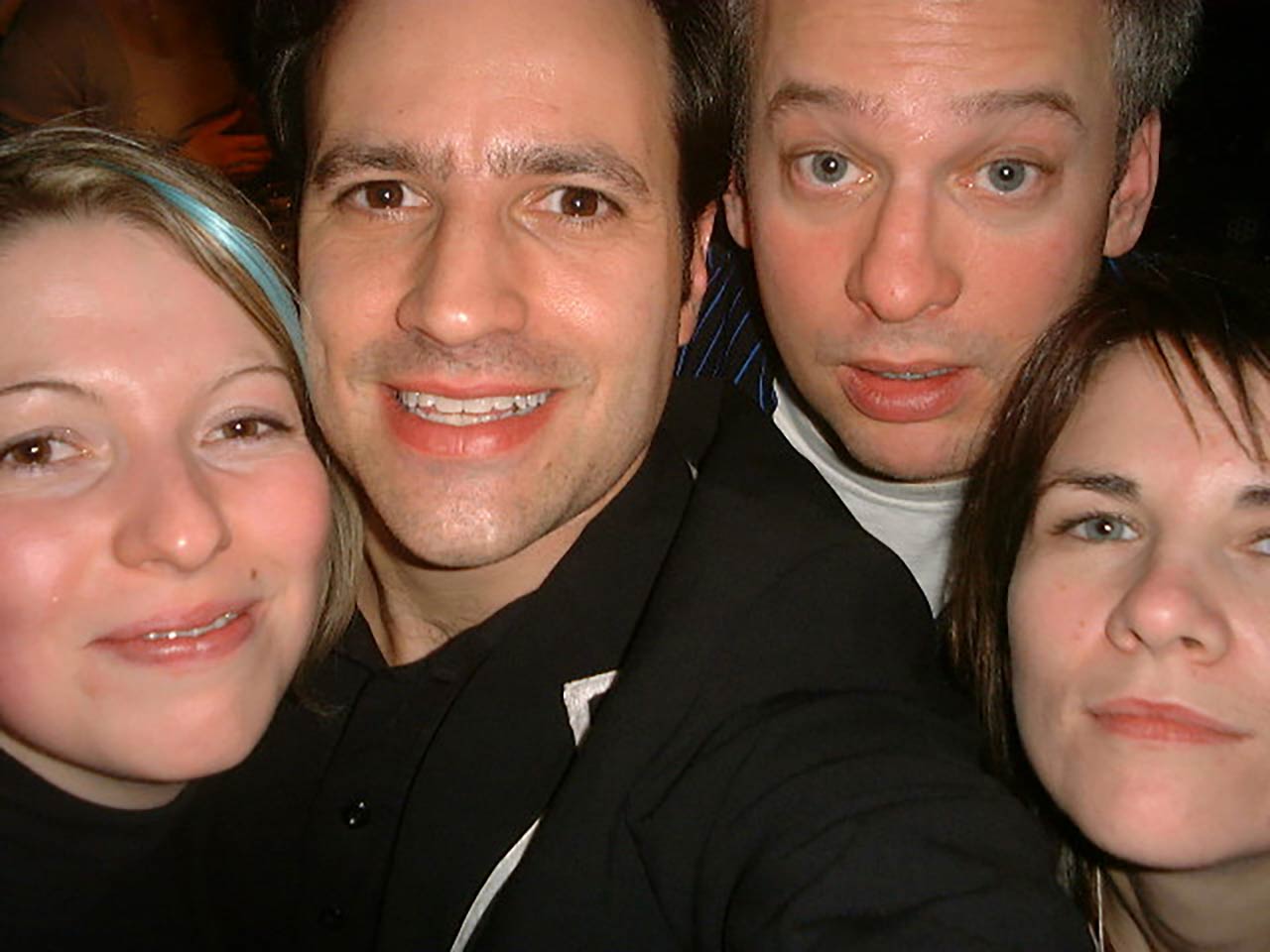
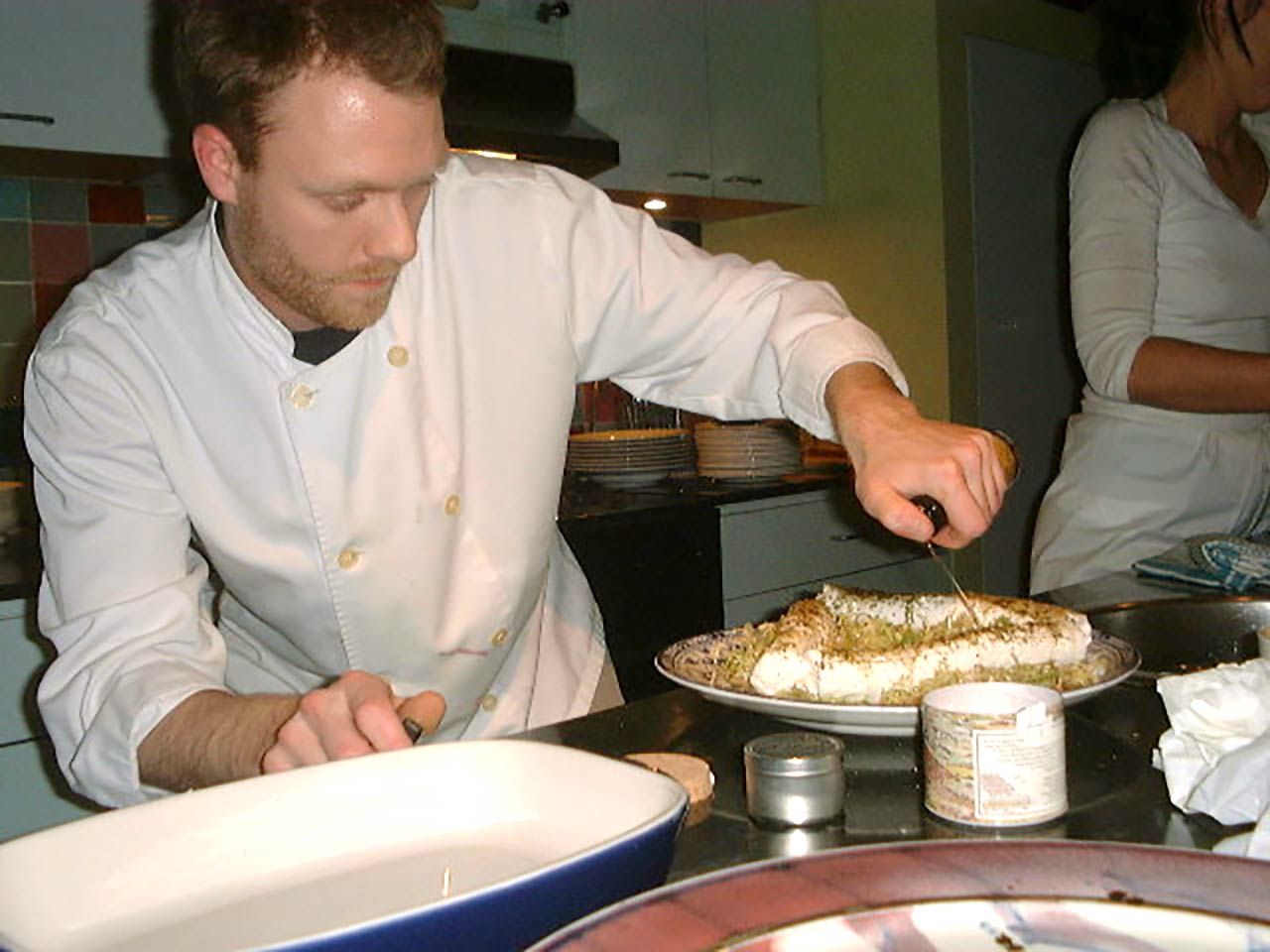
Carmen then set to work designing the Drake's visual identity and applying it to everything from business cards and menus to outdoor signage and the website. Utilizing the minimalist DIN font for the brand wordmark, she created a flexible and understated design system that would integrate and emphasize ever-changing and often provocative artistic imagery. (Some of you might recall the walls of the lower floor bathrooms which were adorned with artistic postcards of male and female nudes – Ooh la la!) As Jeff would say to the Globe and Mail in 2003, "I needed a firm to create a visual storyboard of the project's core themes: the salon, the angst of the artist and voyeurism. Carmen is the only person in the city who could pull it off." It's a testament to her skill that the Drake is still using her adaptable, art-first design system 20 years on.
The Pre-Construction Party
But to kick things off in those early days of 2002, we decided to throw a multi-floor house party in the unrenovated building. Production designer and music video director extraordinaire Lisa Mann was enlisted to wrap the building in temporary signage and Tyvek, while two hot indie rock bands of the moment, Broken Social Scene and Hidden Cameras, were booked to play the Underground. In the main floor lounge, the crew from 3D wizards Derivative projected a live visual mix on angular sailcloth, alongside sets from local DJs, while upstairs several visual artists staged exhibitions, including Will Munro who took over an empty room with a participatory undergarment-swapping photo shoot installation. Covered by City-TV among other media outlets, and presented as a part of the International Art Fair, that early “pre-construction party” as it came to be known, set the tone for the multi-disciplinary, multi-room happenings that would come to define the Drake on a really good night - when you simply never knew what you were going to encounter around the next corner, up the next staircase or across the next hallway.
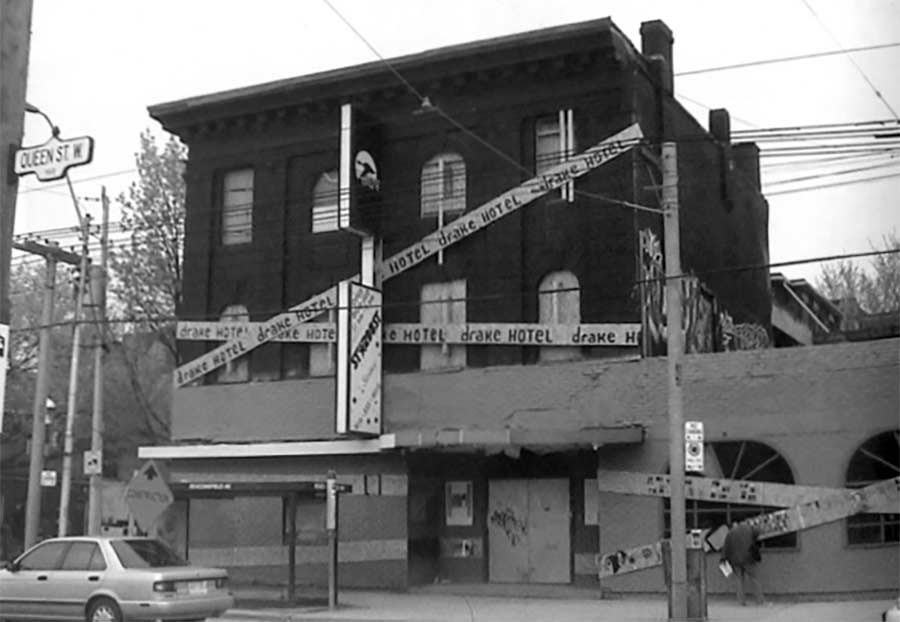
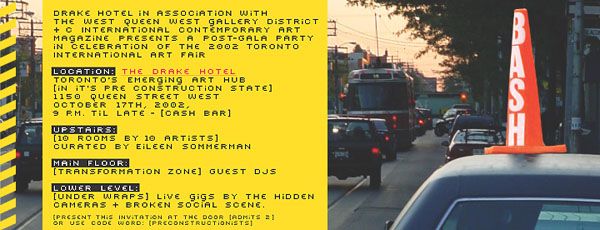
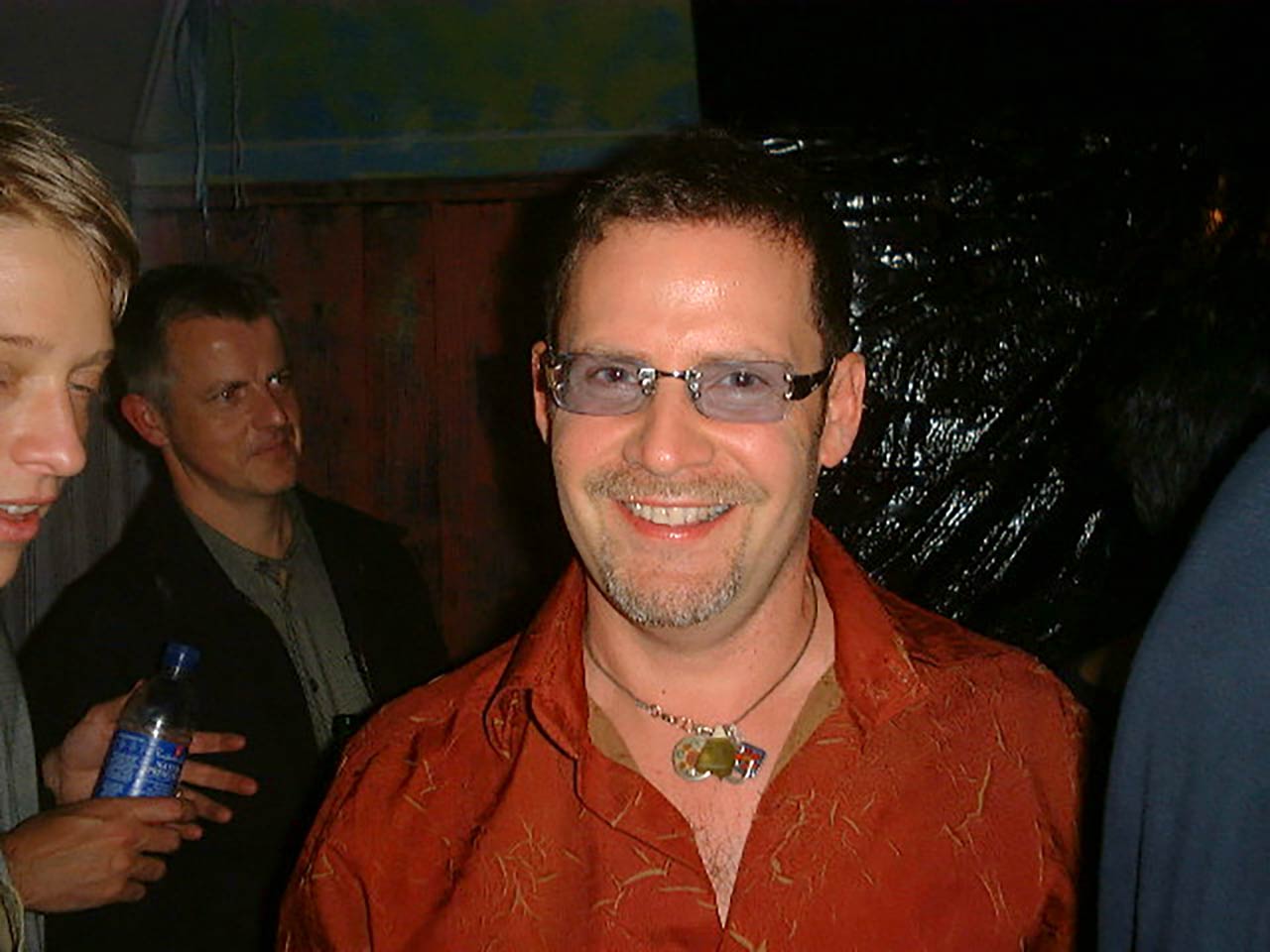
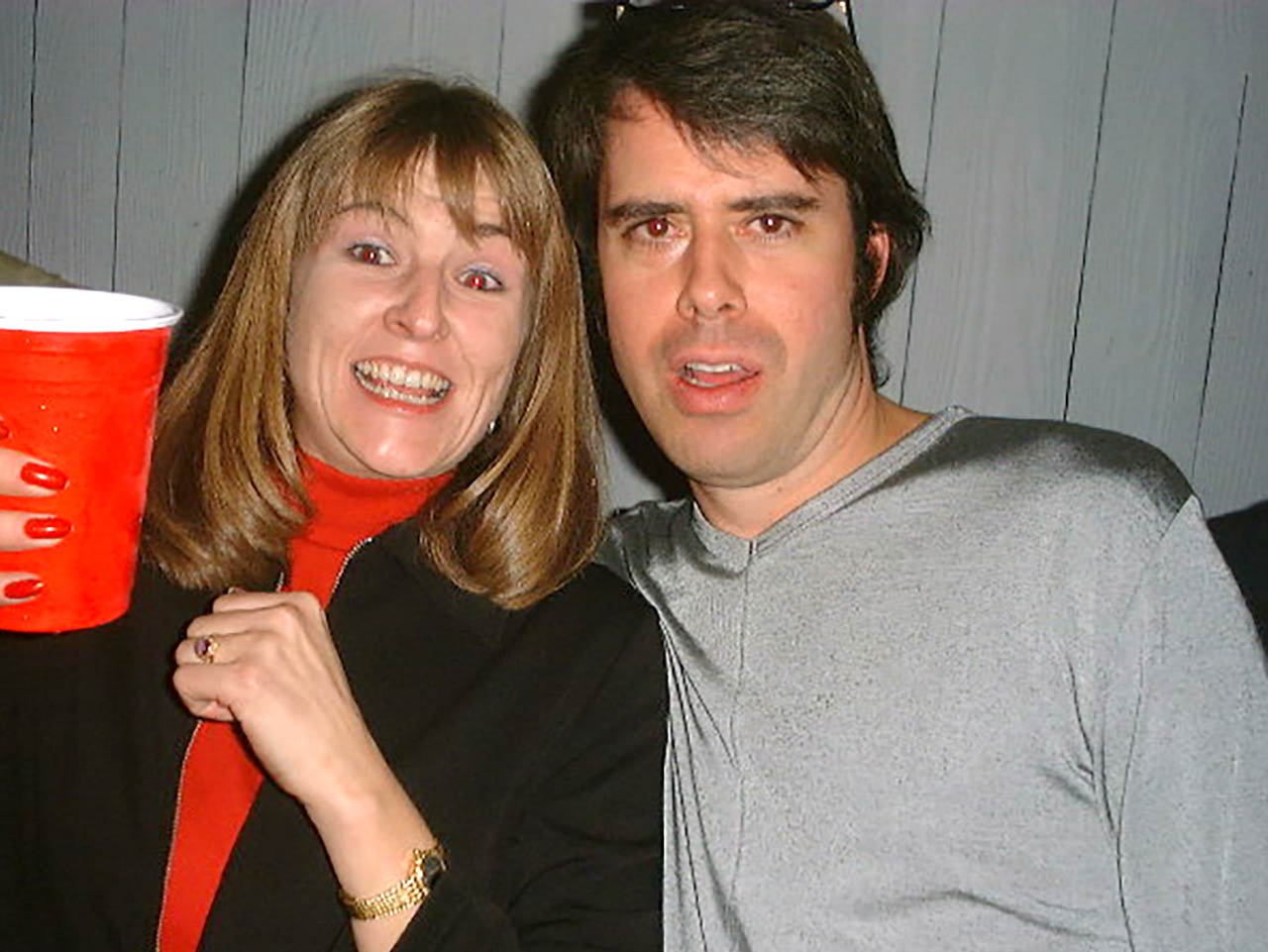
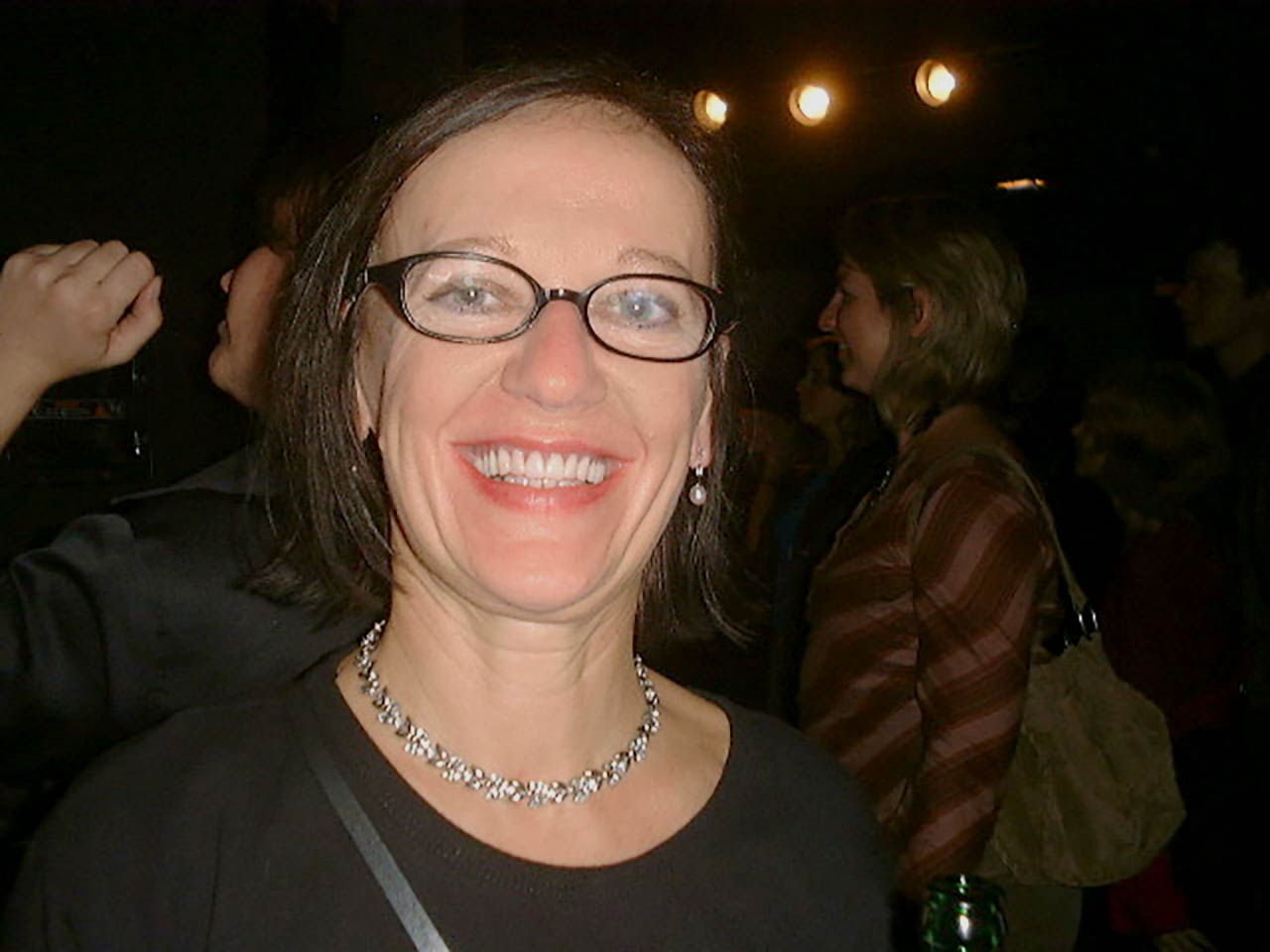
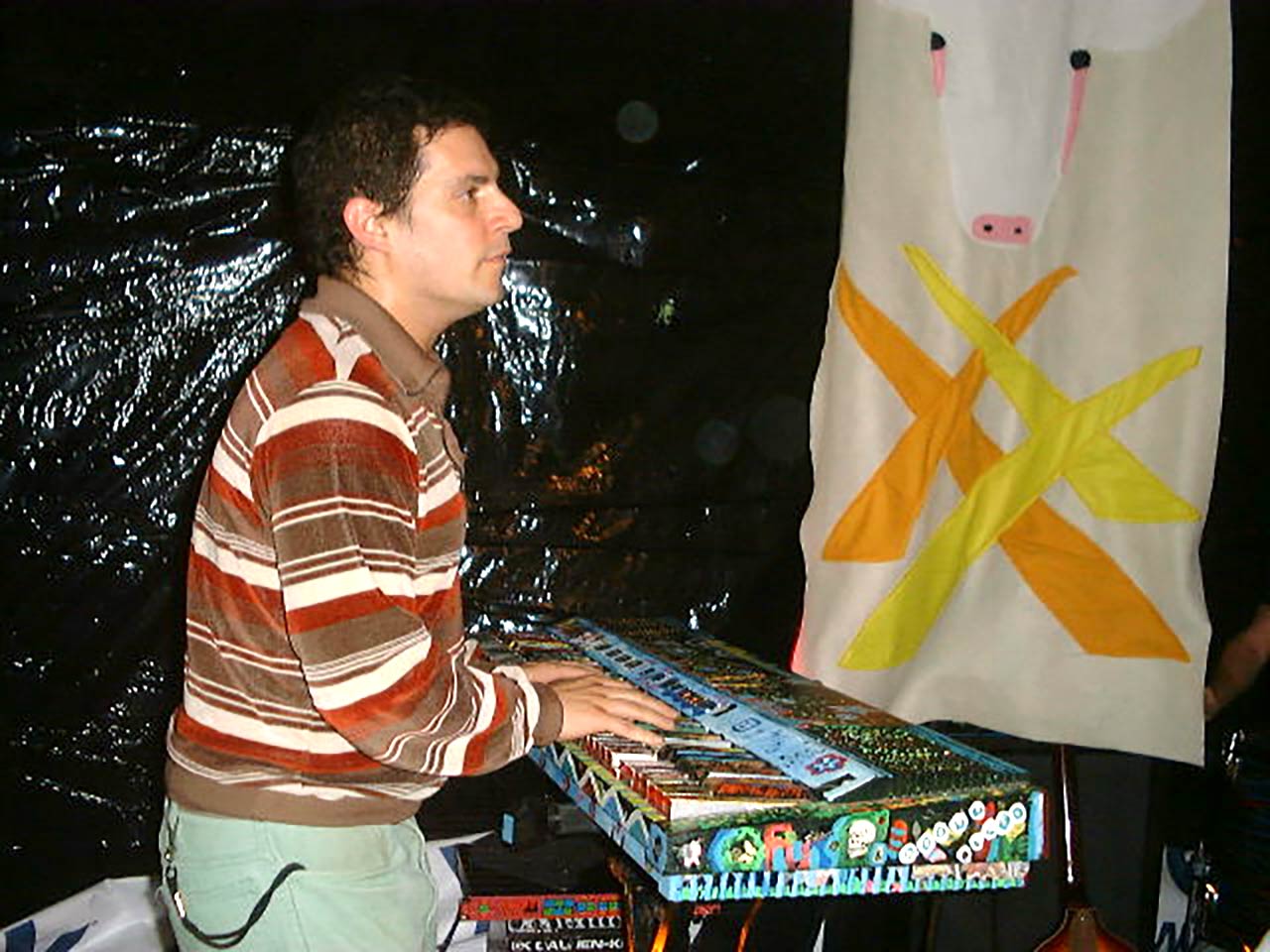
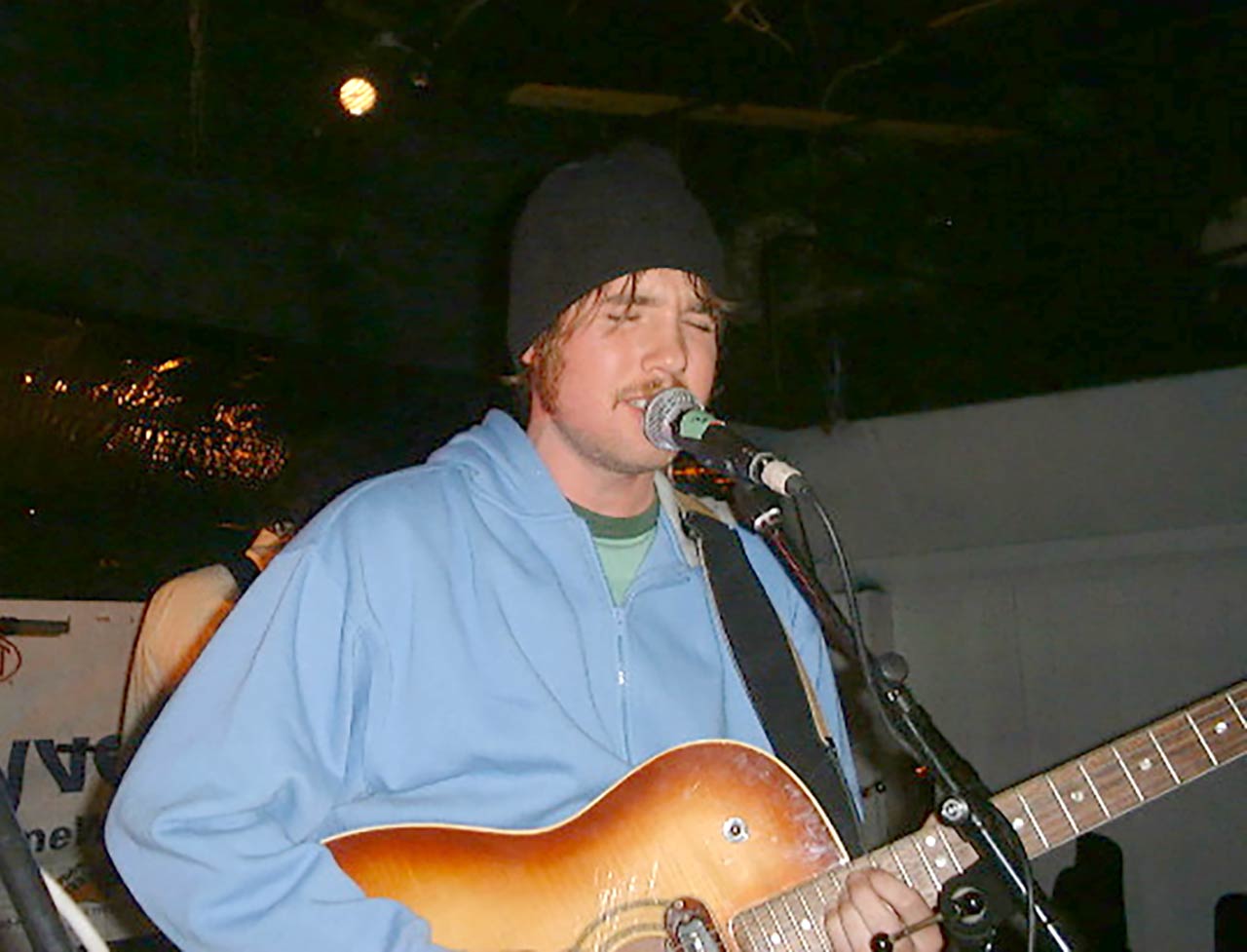
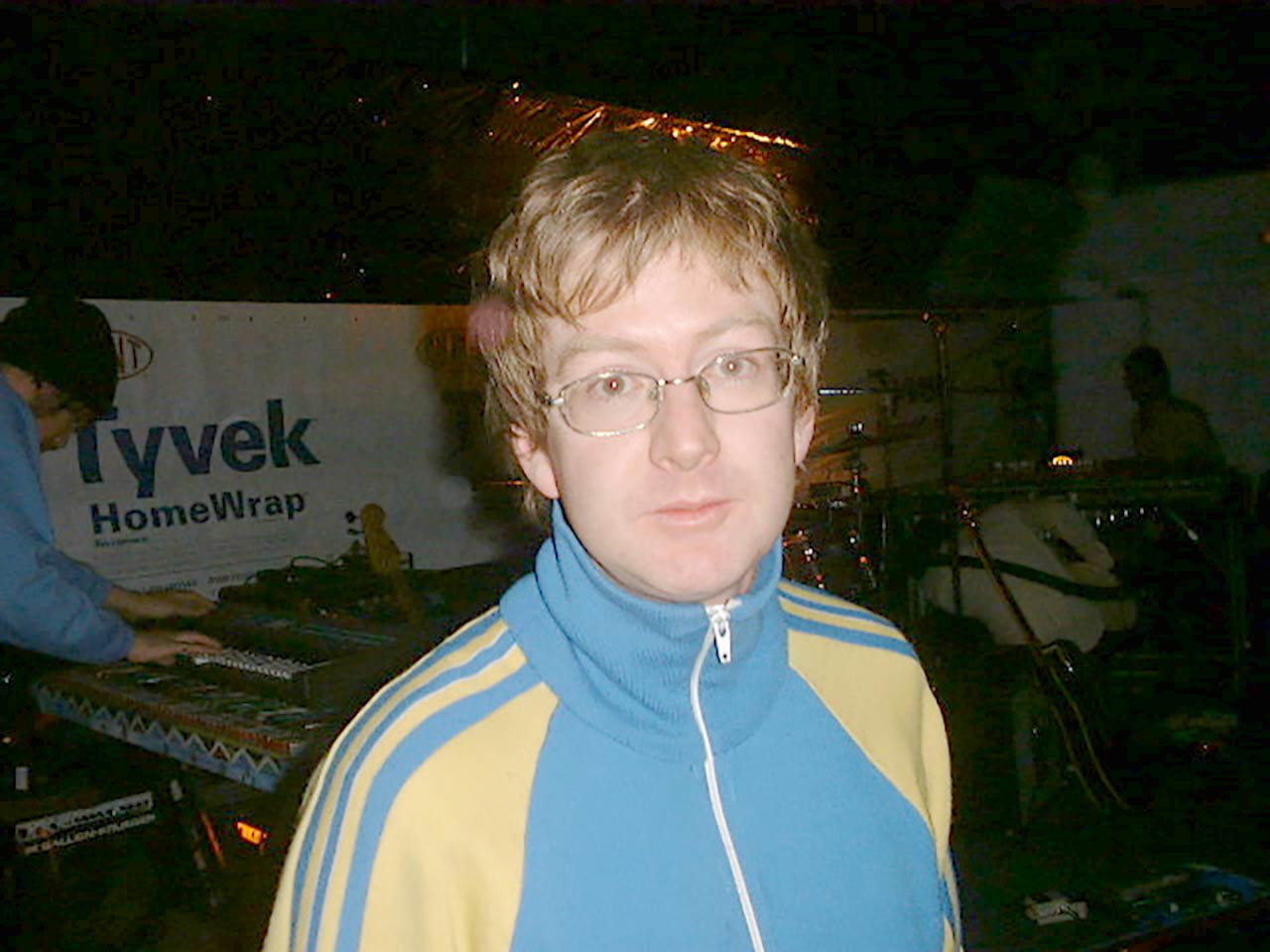
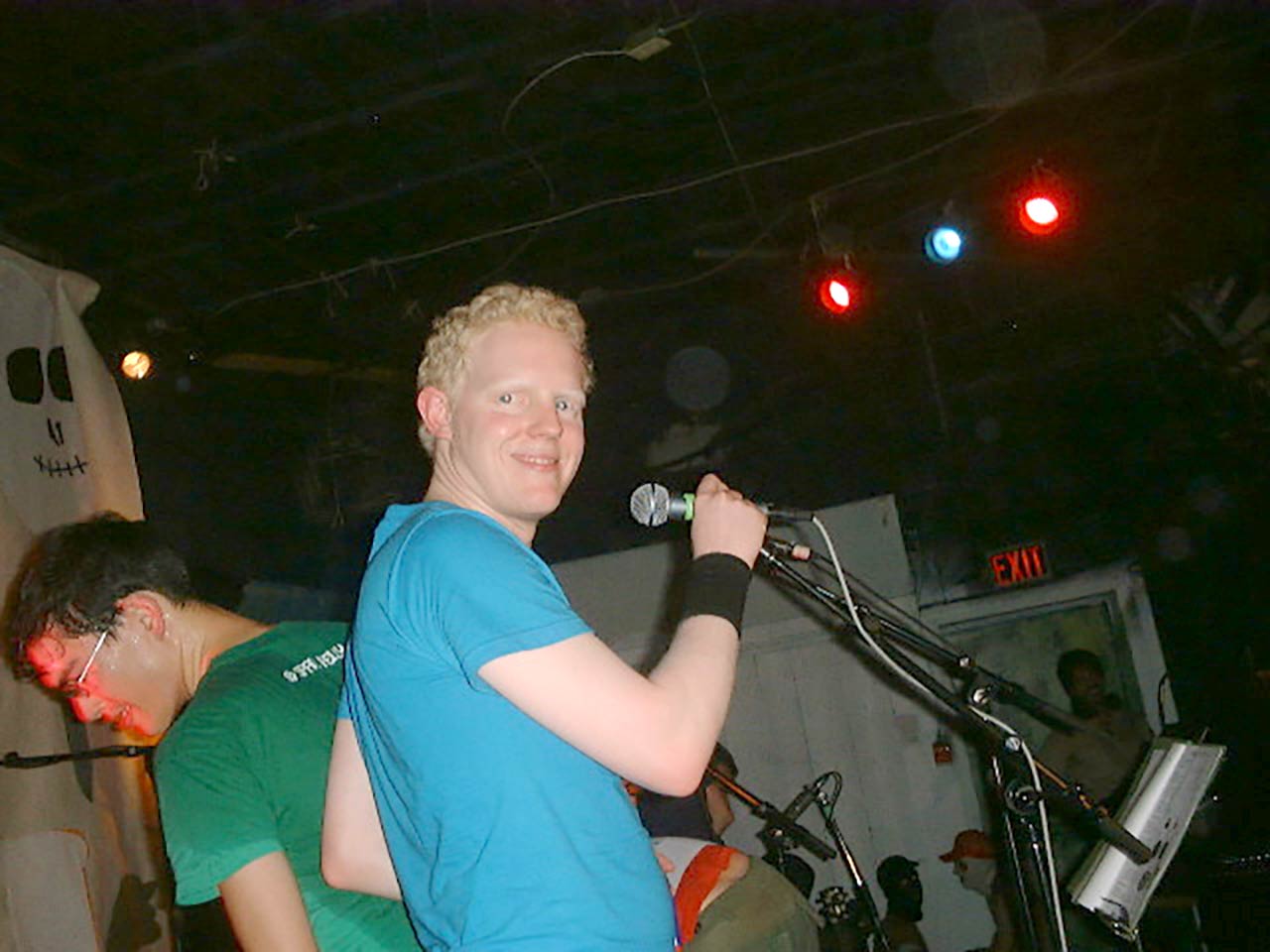
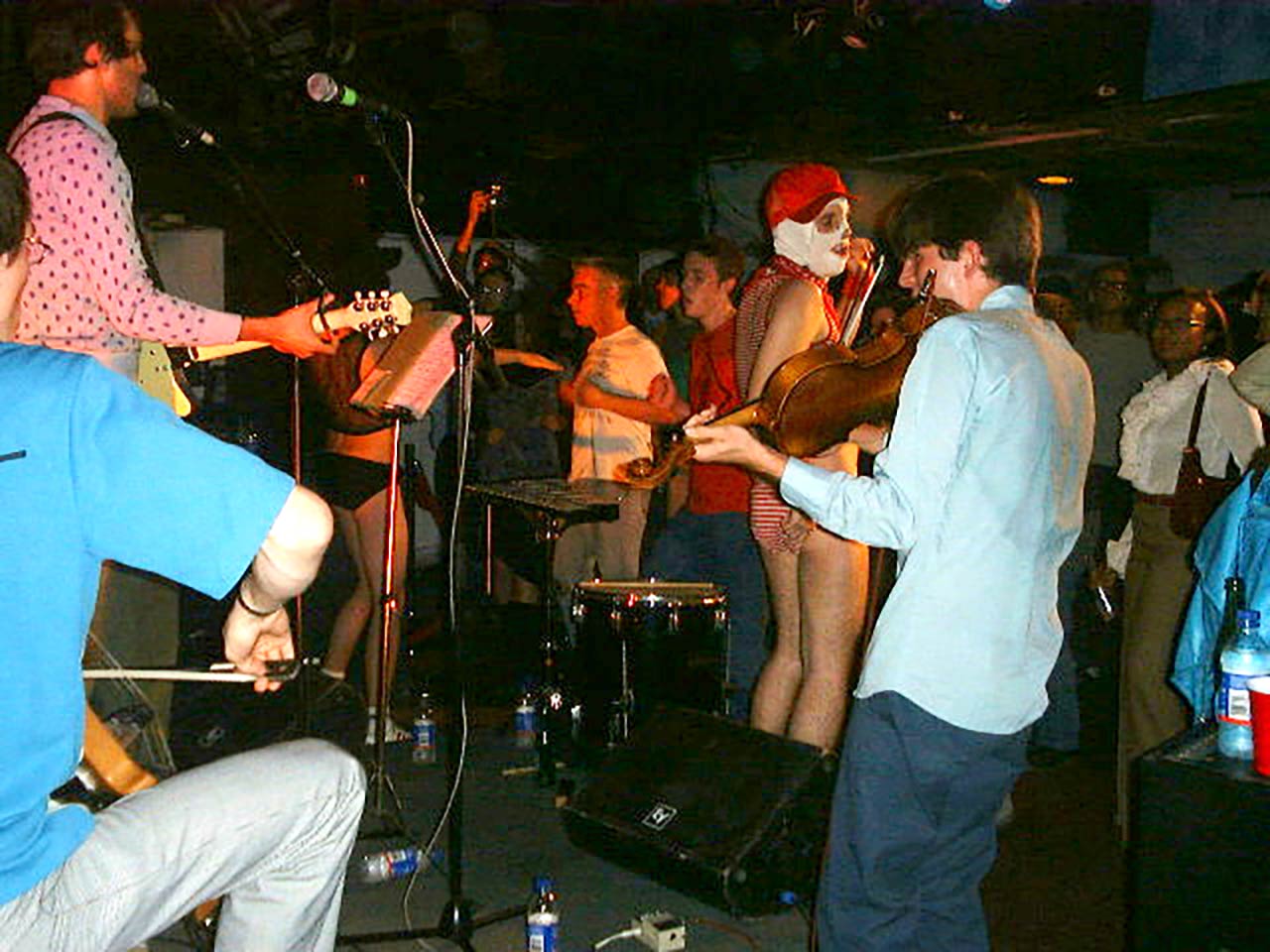
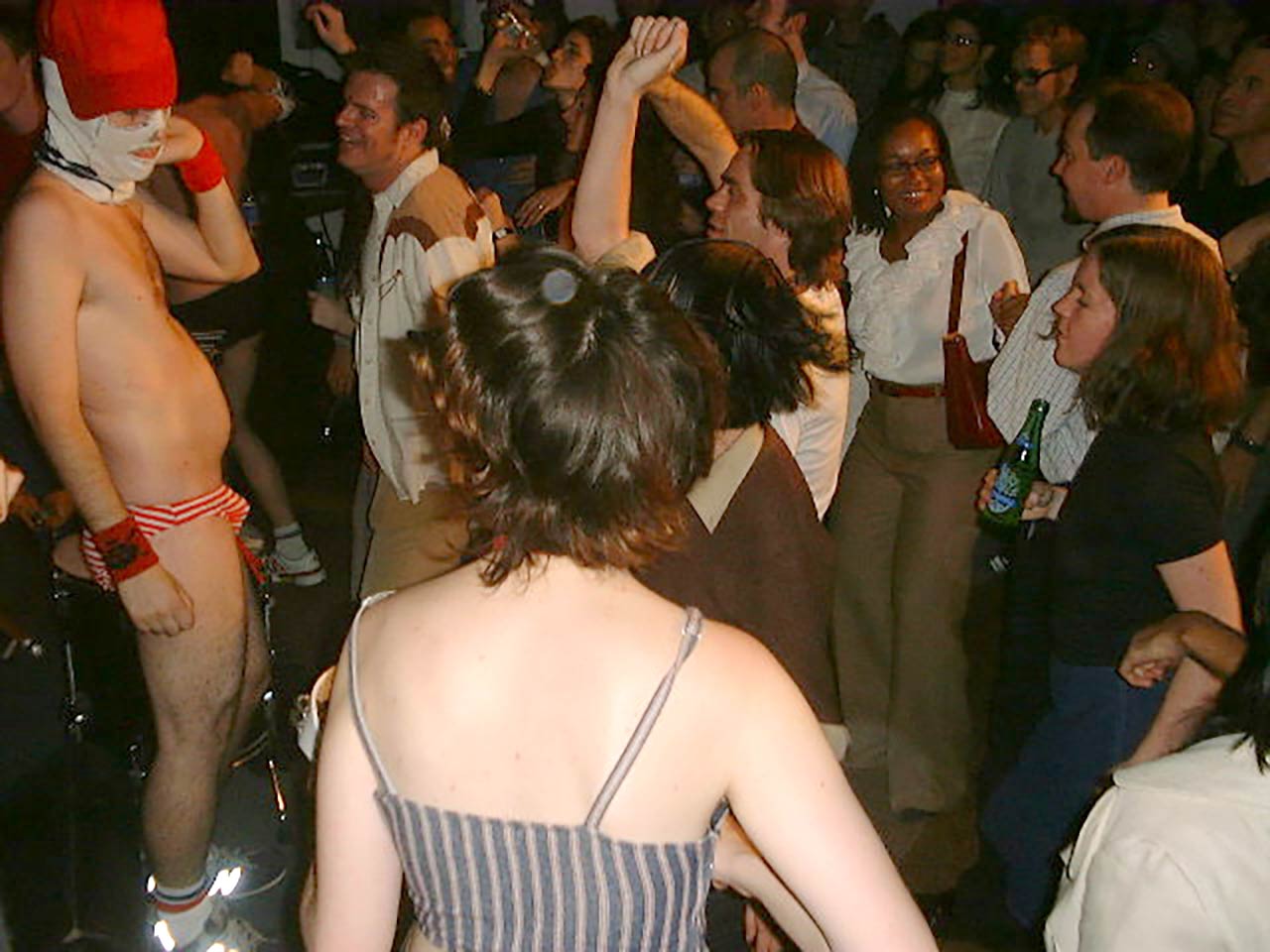
The Renovation
With the party out of the way, the serious business of gutting and then restoring the building began in earnest. The walls were pulled back to the studs, staircases were re-routed, new doors, windows and decks were added, and countless fixtures and furnishings were selected and installed. Various suppliers and contractors cycled through the premises, and while it took a lot longer than anticipated, the new Drake slowly started to emerge out from under the shadow of the old. A key early hire was general manager Bill Simpson who brought with him a wealth of hospitality knowledge and an unflappable, even-keeled temperament. It was Bill who drove the staff hiring process, overseeing the job fair at the Great Hall that attracted an incredible array of talent to the Drake - see the Now Magazine ad below, at right.
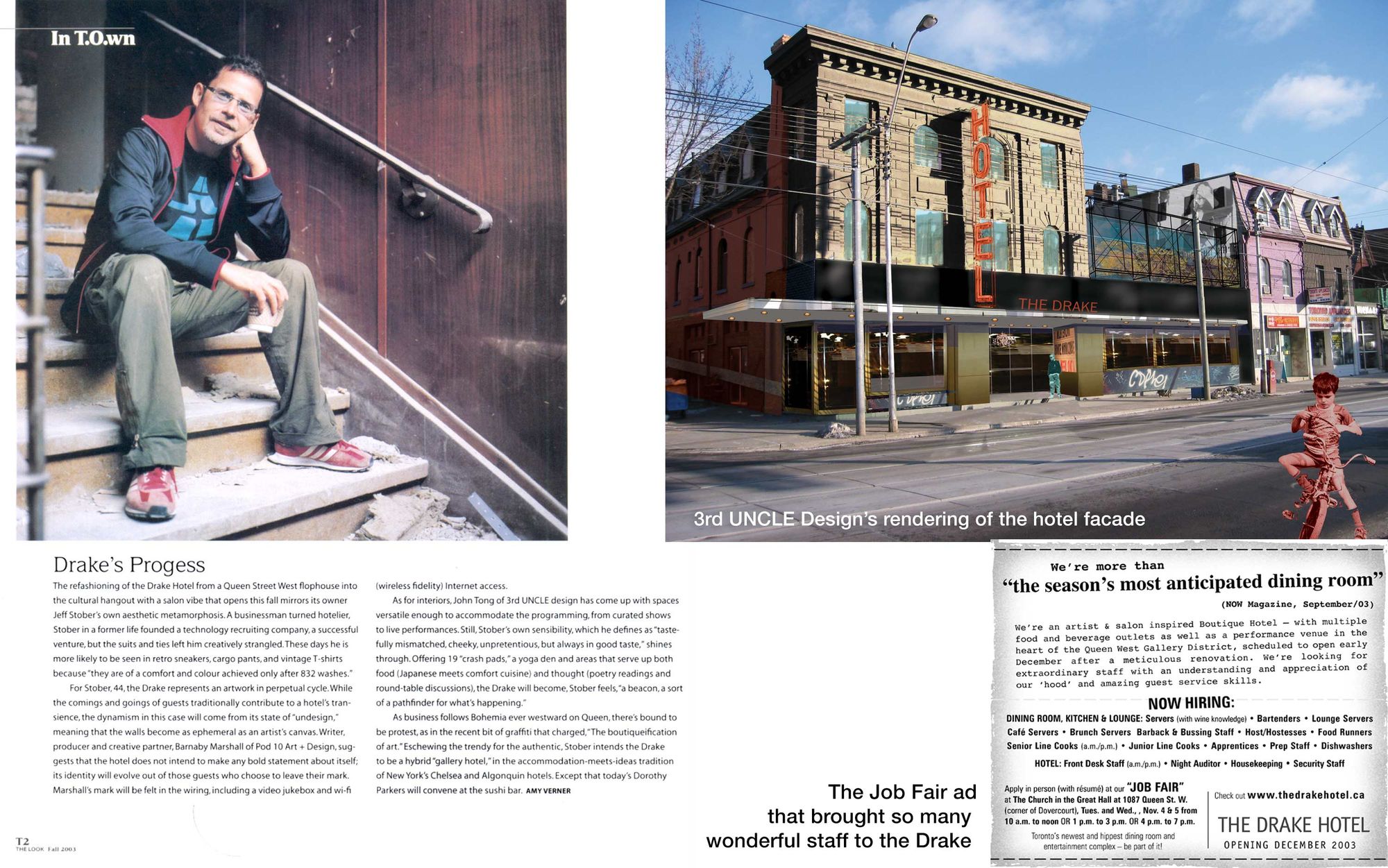
Working with architect John Tong of 3rd Uncle (who was overseeing the entire renovation) Carmen designed a 130-foot-long mural of Rorschach test shapes – black felt flocking carefully glued to varnished blond wood that was a nod to the mental health facility a few blocks away. Nerd note: the Adobe Illustrator file that served as the template for the shape cut-outs remains the most complex vector images I’ve ever loaded into RAM, with tens of thousands of control points and vertices. It brought my 2001-era Mac to its knees.
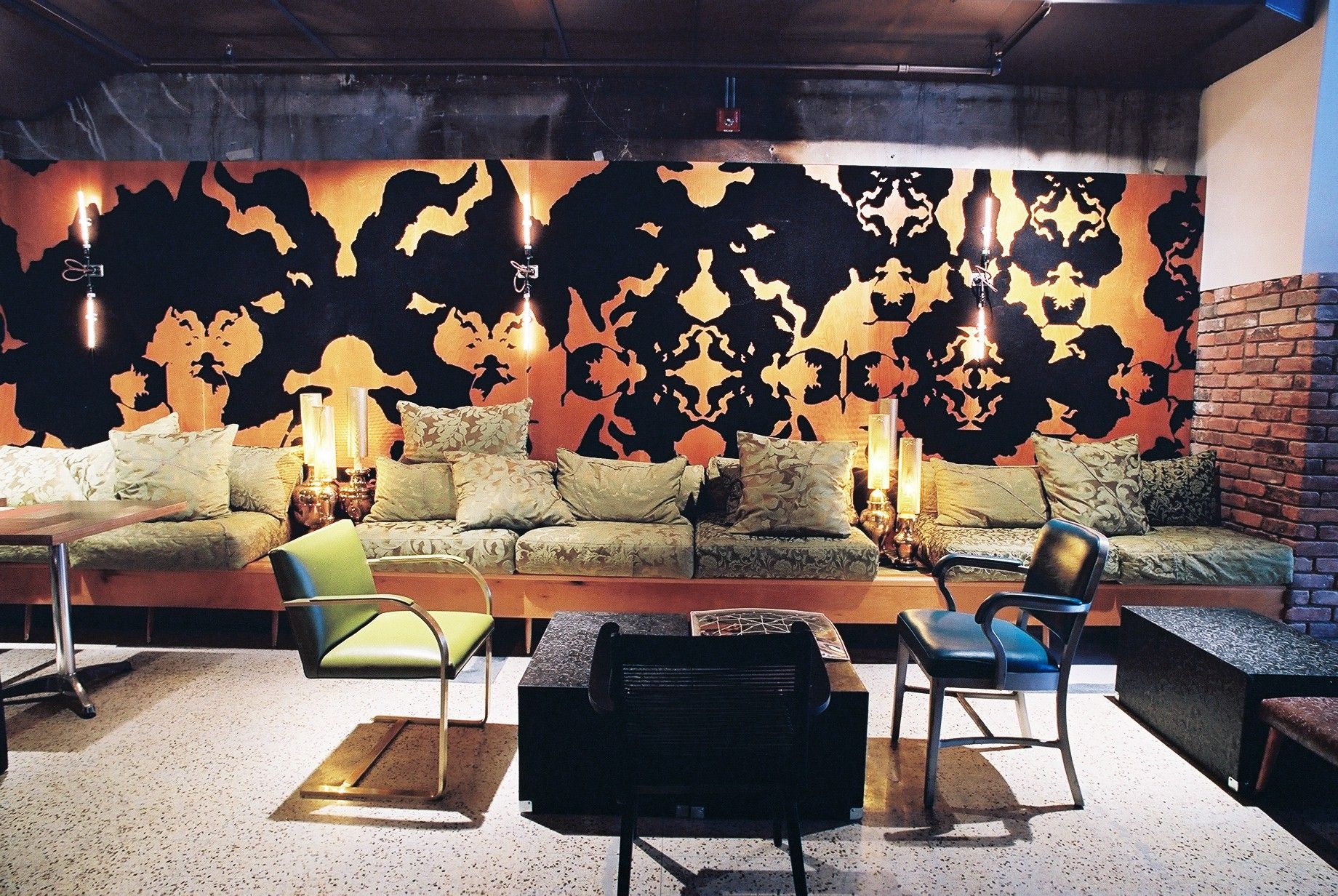
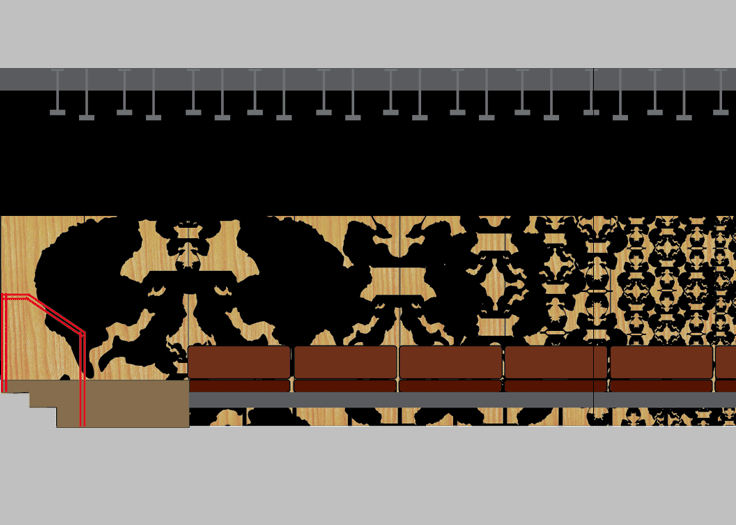
John, along with architects Paul Syme and Jenny Francis, contributed so much to the project, but my favourite element is the bicycle sculpture mounted to the ceiling of the Cafe, another reference to the neighbourhood's gritty street culture.
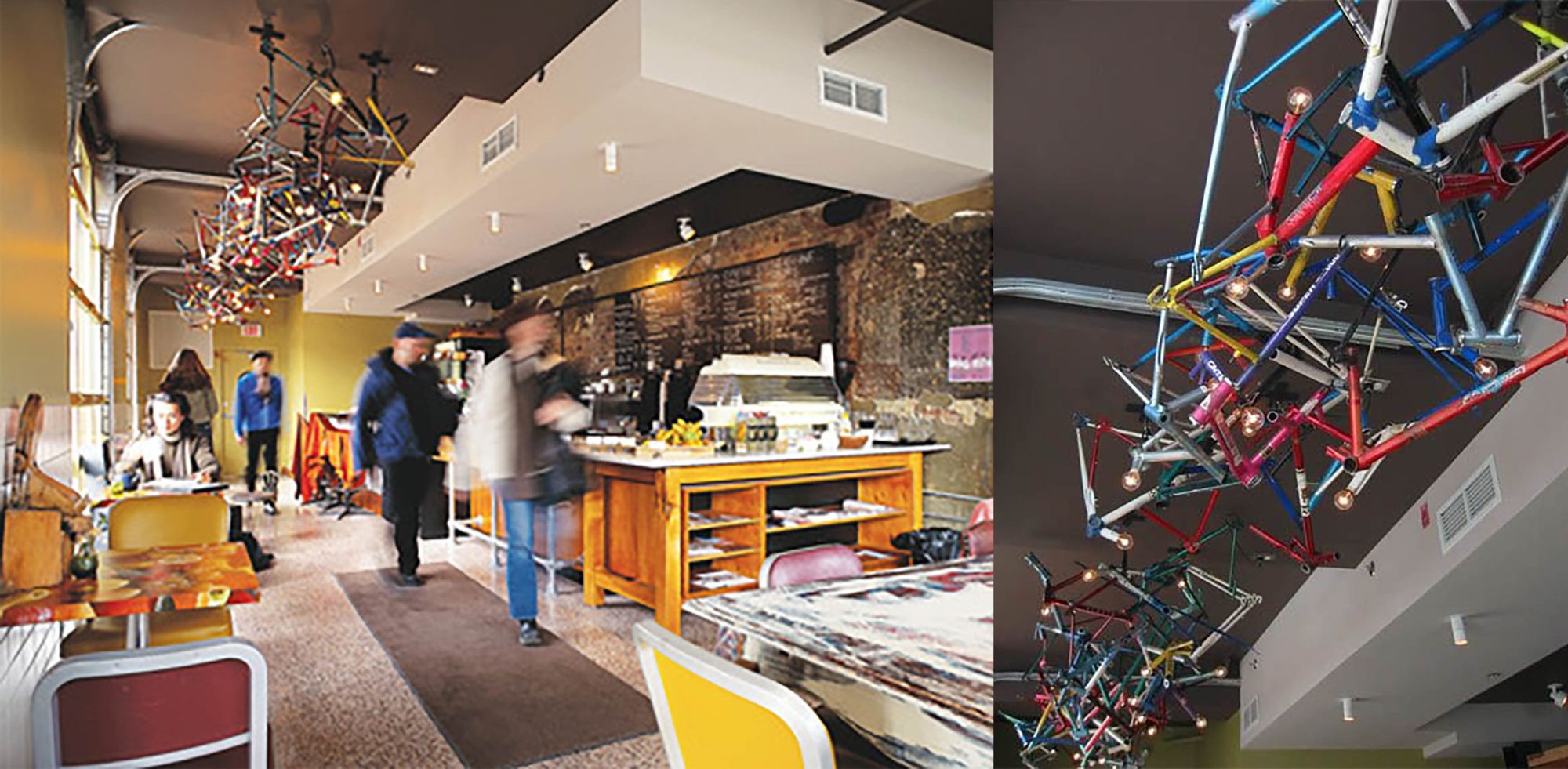
Other site-specific installations included works by Gorbet Design, who fashioned a kind of building-wide EKG monitor consisting of ceiling-mounted PZM microphones that fed ambient volume levels of the various public rooms back to a series of circular VU meters via 3/4 inch plumbers pipe - these can still be found, fully functioning, near the top of the stairs to the Underground. Alas, the peephole video displays that we had built into the corridor walls, and showcased rotating works by local artists, are no longer working.
We had set up a satellite design and media studio at our loft to handle in-house production, which was staffed by the illustrious Jessica Rose in the early days and where the first issues of The Ake, the Drake’s art-and-event focused newsletter were produced and printed. As opening day approached, we moved the computers and printers into the hotel's art studio, and began to focus our efforts on the fun stuff – launching the web site, programming the venue, and (hopefully) drawing crowds.
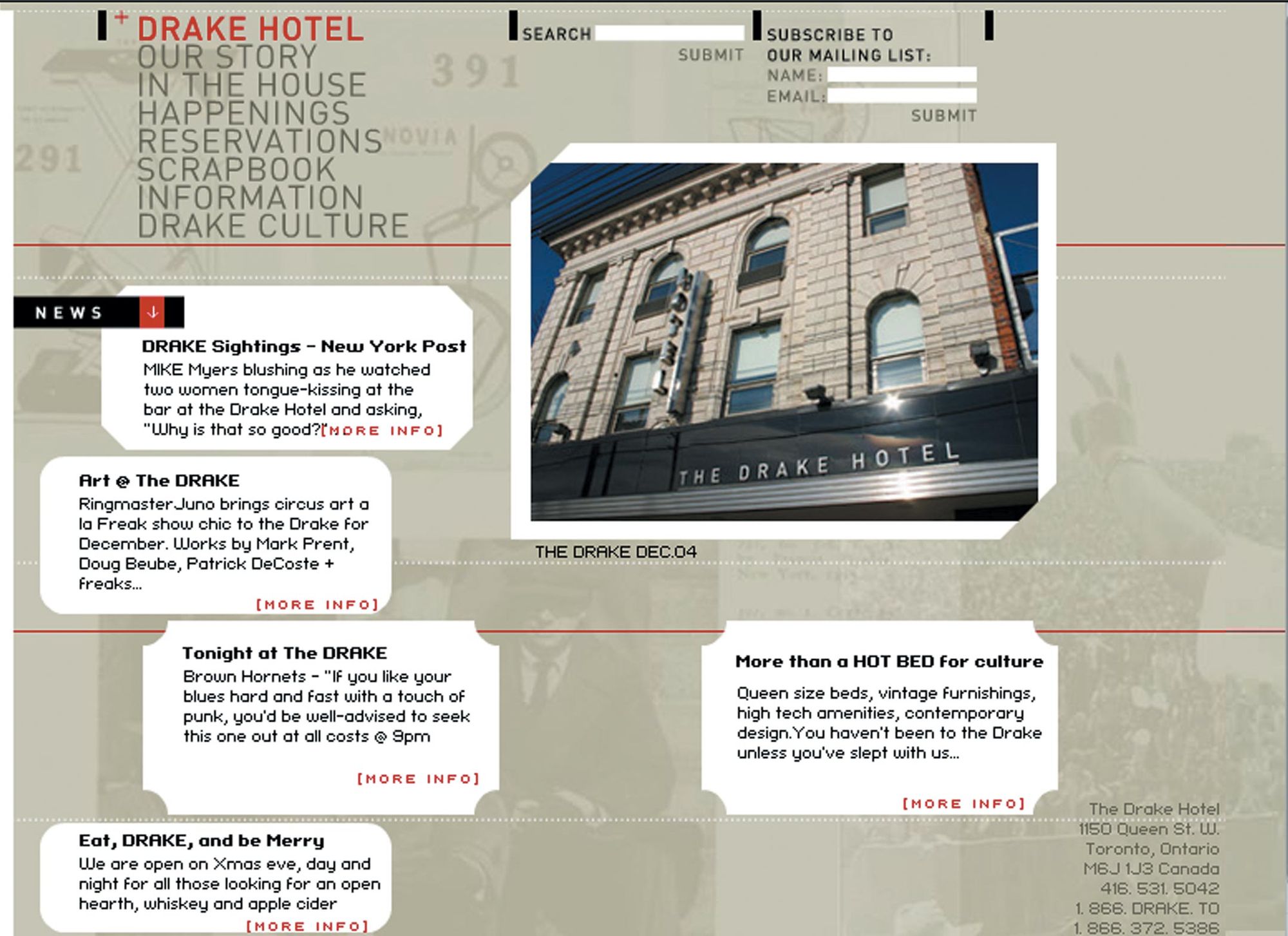
The Drake finally opened on Valentine's Day 2004 (previous targets of Halloween and New Year's Eve had come and gone, victims of the renovation-that-would-not-end). Carmen and I joined the rest of the team for an inaugural celebratory meal in the dining room (prepared by chef David Chrystian) and stayed at the hotel on opening night, which was filled with friends, locals, media types and other cultural cognoscenti. Early highlights from the programming calendar include music writer Carl Wilson's Tin Tin Tin, a night of cross-genre musical mashups, and Damian Roger's Pontiac Quarterly, a "live magazine" based around a unique theme. Musician and impresario Jaymz Bee hosted his 40th birthday in the Underground that April, it was a freeform somewhat chaotic evening of performance, impromptu comedy and other hijinx that house tech Dylan Goodhue and I barely managed to keep on track. By summer, we were the talk of town, and by the time the Toronto International Film Festival rolled around in September, every major production was vying to hold their launch party at the rough and tumble edge of Parkdale, rather than in the rarified environs of Yorkville.
Firing Up The Underground
Tucked away in 1150 Queen's basement was the building's technological nerve centre, the head-end server room where all the wiring terminated. Throughout the renovation, I had immersed myself in the building’s networking, audio-visual and computing systems, drafting RFPs, making purchasing decisions, and overseeing the installation of a multi-zone entertainment network where picture and sound could be piped from any of the building's rooms to any other. This involved assorted cameras, projectors, speakers, a raft of mp3 players, and the piece de resistance, the video jukebox, a custom-built music video playback machine that took in loonies and output projected video and sound on the Underground’s AV system.
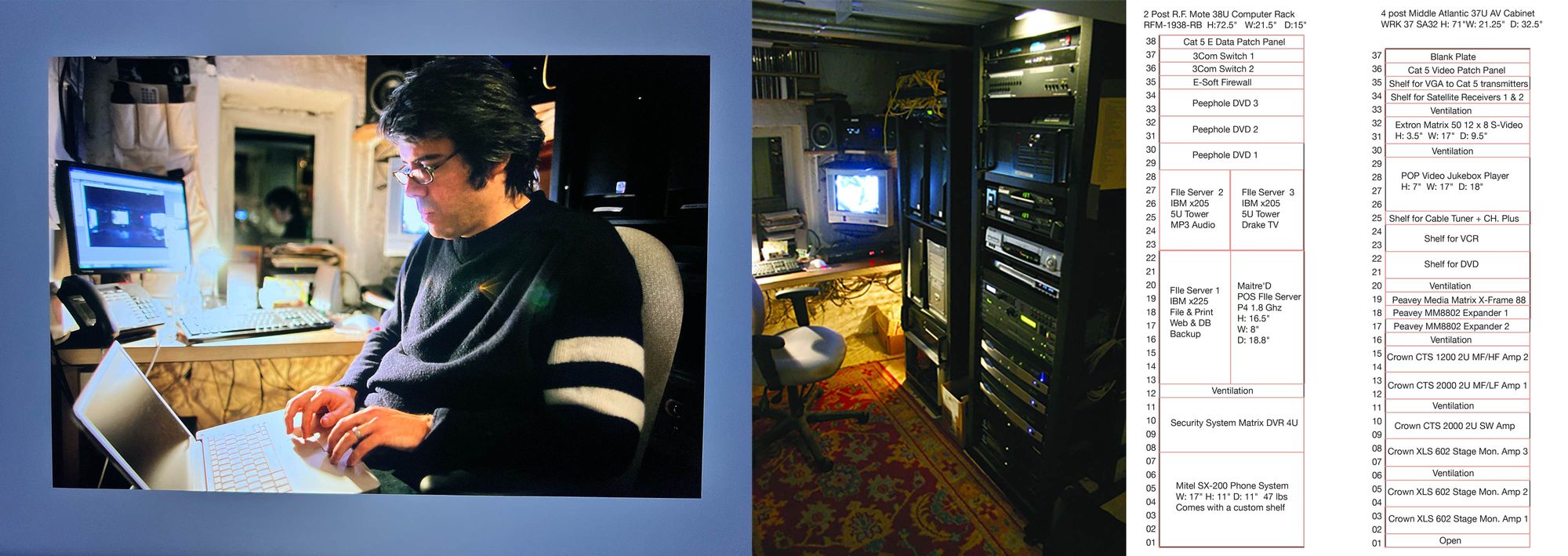
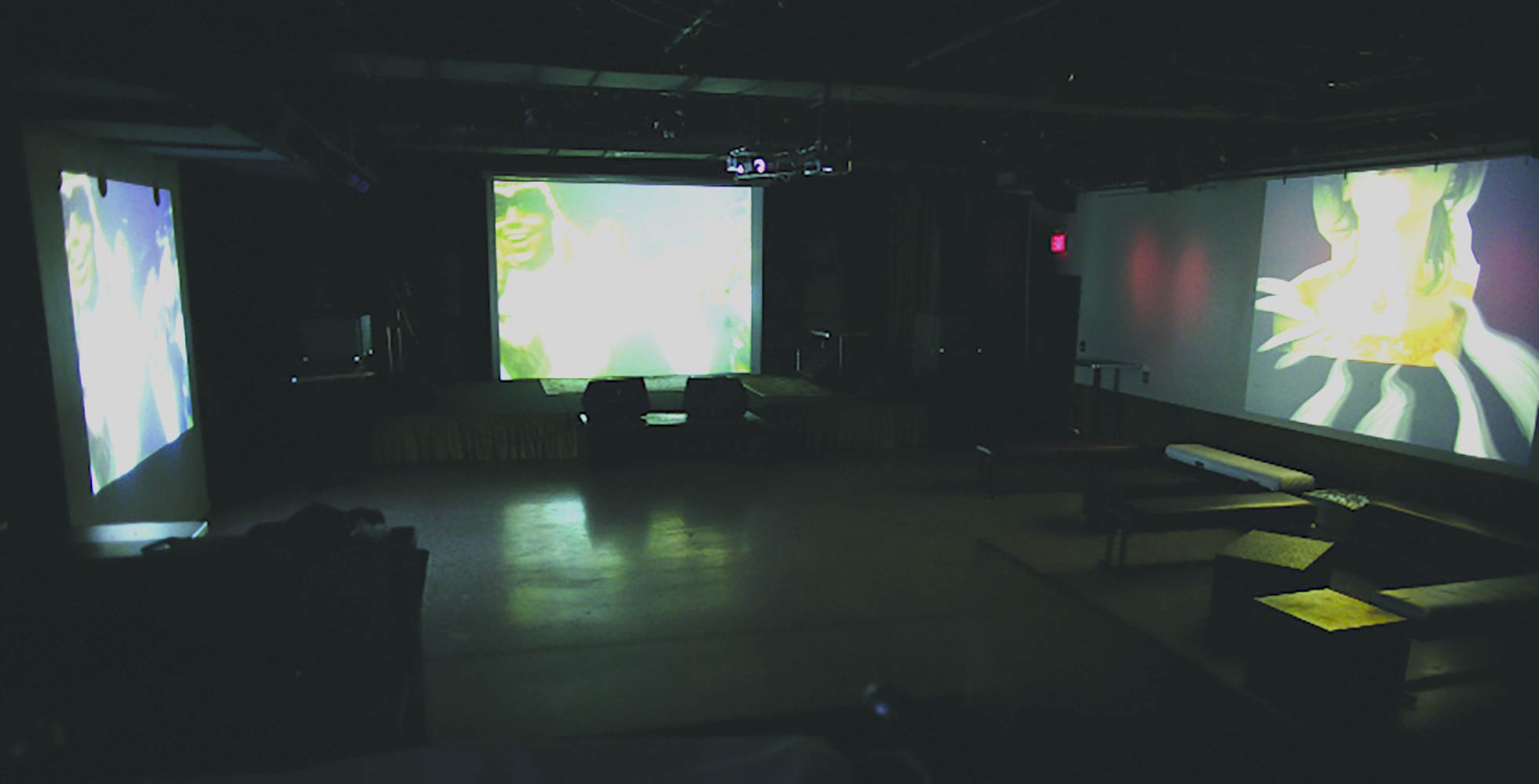
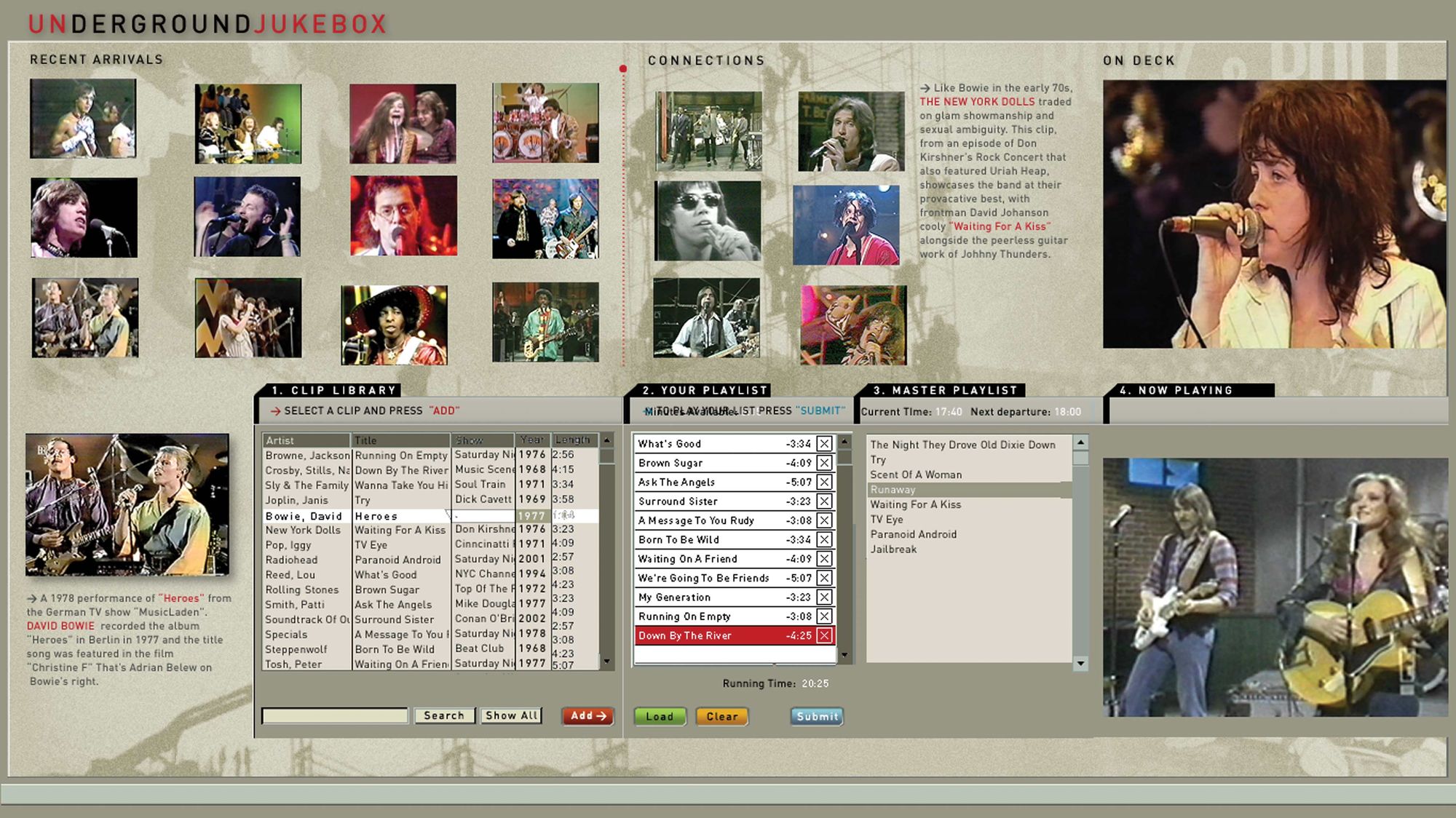
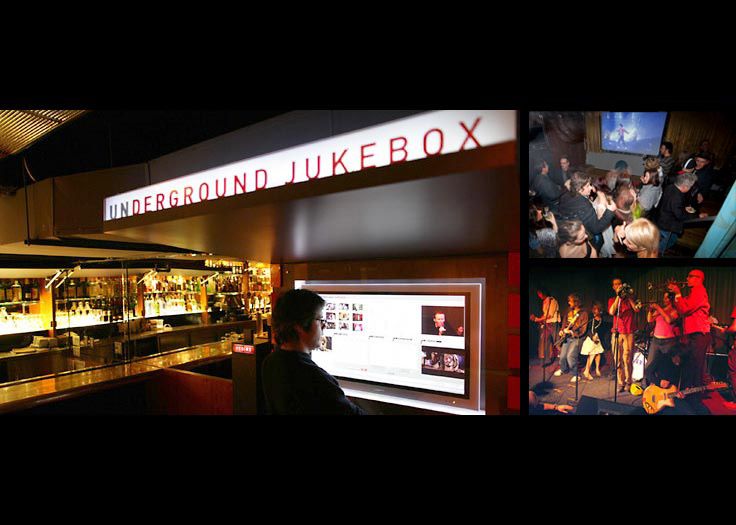
Many talented people contributed to the jukebox build-out, including Daniel Borins and Jennifer Marman who fashioned the enclosure, as well as Ben Feist and Jeff Vermeersch who helped write the code that drove the UI and the playback engine. If you’re interested, a future post will describe both the technical and cultural innards in detail. It’s worth noting that the project preceded the launch of YouTube by two years, a time when calling up hard-to-find music videos on demand was a much more novel experience.
Indeed, one of the early regular nights I hosted in the Underground was The Vidiots, a gathering of like-minded music mavens who would select and then passionately defend video performances. We were given access to early clips from the doc Festival Express before it was released, held a retrospective of music performances and interviews from Tom Snyder's The Tomorrow Show, and screened the extremely rare Bob Dylan - The Band film Eat The Document, among other memorable nights. Occasionally, the reins were handed over to a guest curator, as when maverick video journalist Stephen Marshall showcased some of his career highlights. Below is a grab of the Drake website's "Happenings" page on the day he appeared (funny to see IE for Mac again after all these years!) along with a plug for the evening from Eye Weekly's Stuart Berman.
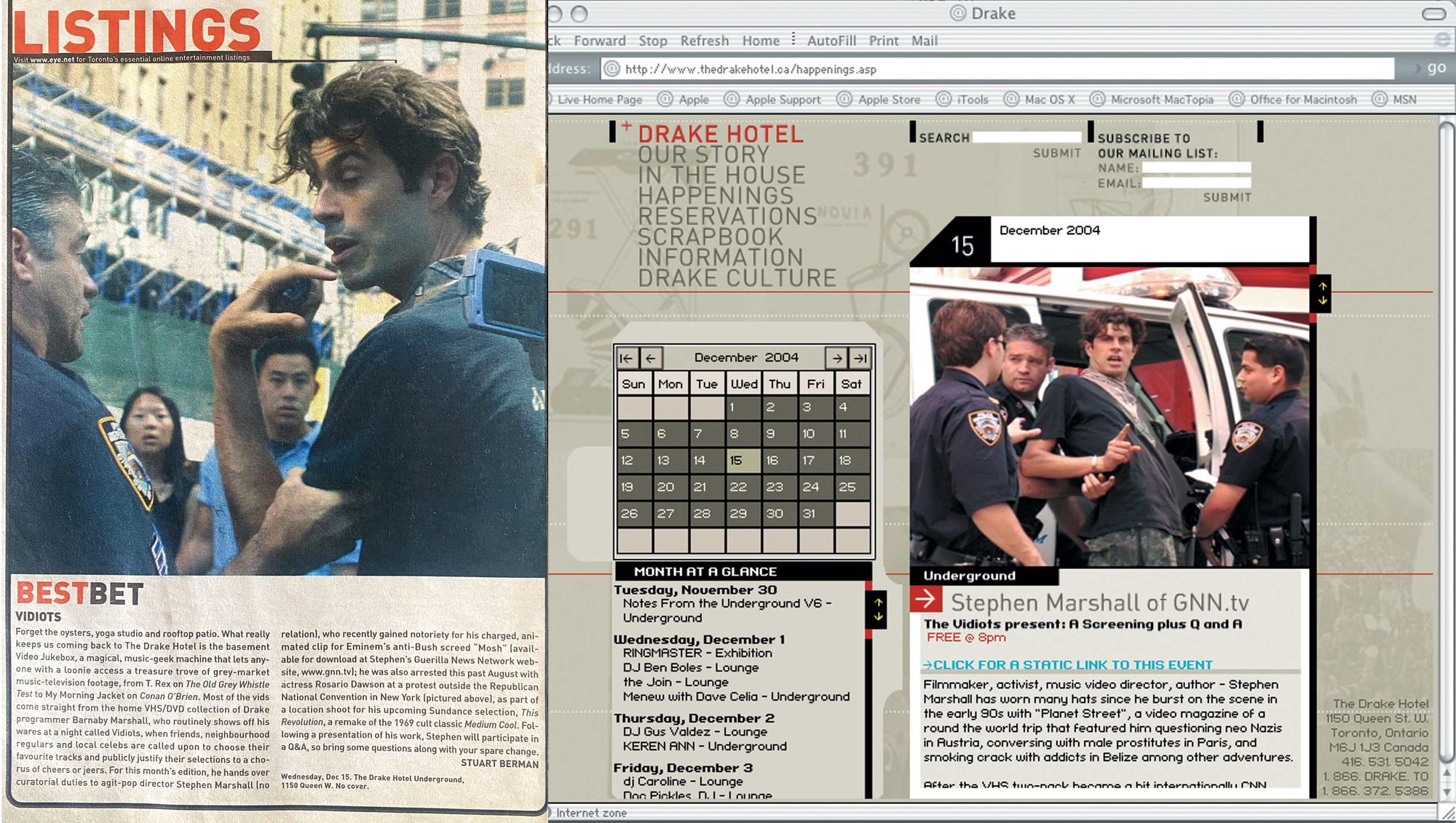
Neighbourhood Pushback
Not everyone was as enthralled as we were with the changes that the opening of the Drake would bring to the neighbourhood. Indeed, many homeowners along Beaconsfield were initially cool to the new kid on their block, despite a door-to-door charm offensive meant to placate concerns. Eventually, most residents came around – perhaps it was the convenience of having a top-quality coffee bar at the foot of their street, or maybe it was the commensurate rise in property values that occurred post-opening. Lingering disaffection would occasionally resurface however, most memorably when a new Starbucks was set to open down the road at Claremont, and some arch anti-globalist spray painted “Drake you ho, this is all your fault” on the shop's hoarding, a sentiment that seems almost quaint today. Below right is a commemorative pin that was fashioned to preserve the slogan, given to me by Bill on the night of the panel, which you can see in the video clip below.
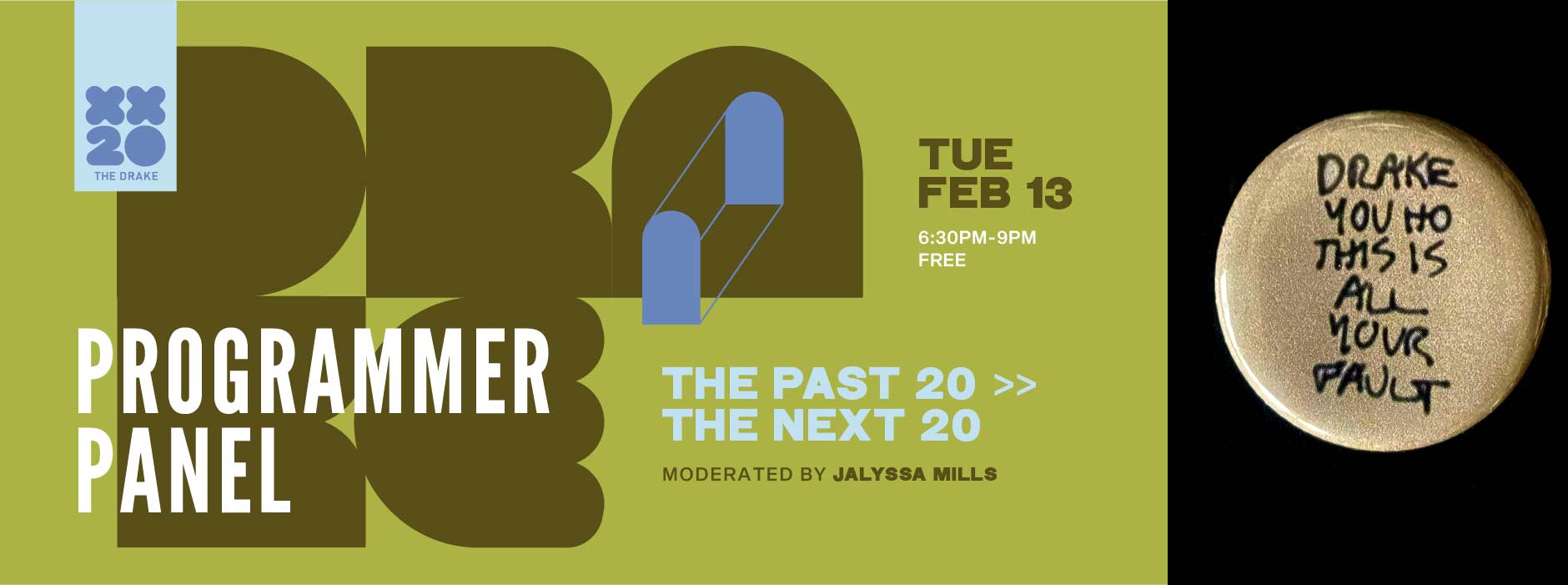
Passing the Torch
There are many moments I'll treasure from my time at the Drake, like the fascinating hour I spent at the Lounge bar chatting with Bernie Rhodes, legendary manager of the Clash, who had lots to say about the Don Letts film he had just seen at Harbourfront. Or the evening I was screening a selection of works by filmmaker Stan Brakhage on the outdoor wall of the Sky Yard, and up came my friend, the comedian/producer Kenny Hotz with two guests in tow. These turned out to be none other than Trey Parker and Matt Stone of South Park fame (Kenny was a writer on the show at the time) and we immediately launched into a heady group discussion about art, experimental film and pop culture, and I ended up taking them on a tour of the Drake's innards to show off the Jukebox. Or the time we hosted the multi-day Marshall McLuhan Festival at the Drake, and I curated a wide selection of interviews with the great media prophet that played back across the venue. In the Underground, we had a live network hookup with Bob Dobbs (who may or may not have been the mascot of the Church of the Sub Genius) and who had been a student of McLuhan's and endeavoured to summon his spirit by means of a technologically-mediated seance.
As my second year running the programming department wore on however (and the amount of time I was spending away from our studio continued to grow) it seemed prudent to think about transitioning out of the role. The talented Aaron Phelan had capably been learning the ropes and taking on more digital duties in the department, while music business veteran Jeff Rogers assumed a more active role in booking bands (including bringing back the legendary William New to host his Elvis Mondays evening, among other highlights) before eventually ceding the role to Stefanie Purificati, who did so much to professionalize the booking process and connect with the wider agent and promoter network in the city. It is too bad that their voices weren't part of the February programming discussion, but it was fascinating to hear about the experiences of my co-panelists and fill in gaps in my own knowledge of Drake lore. Below is a snippet featuring Andre De Pape talking about the international DJ collectives and message board culture that drove the booking strategy during the latter aughts, and the friendly competition that arose with Richard Lambert's The Social just down the street.
If you listen to the audio recording you'll hear more of these stories, I was particularly interested to learn about Kiga's DJ collective Kuruza and African house genres like Amapiano which were entirely new to me, and Jalyssa's upcoming video series Room 501, which will be shot in the penthouse suite of the Drake's modern wing, and feature both local and interntional DJs. It's great that the drive to create and celebrate and come together lives on at 1150 Queen West.
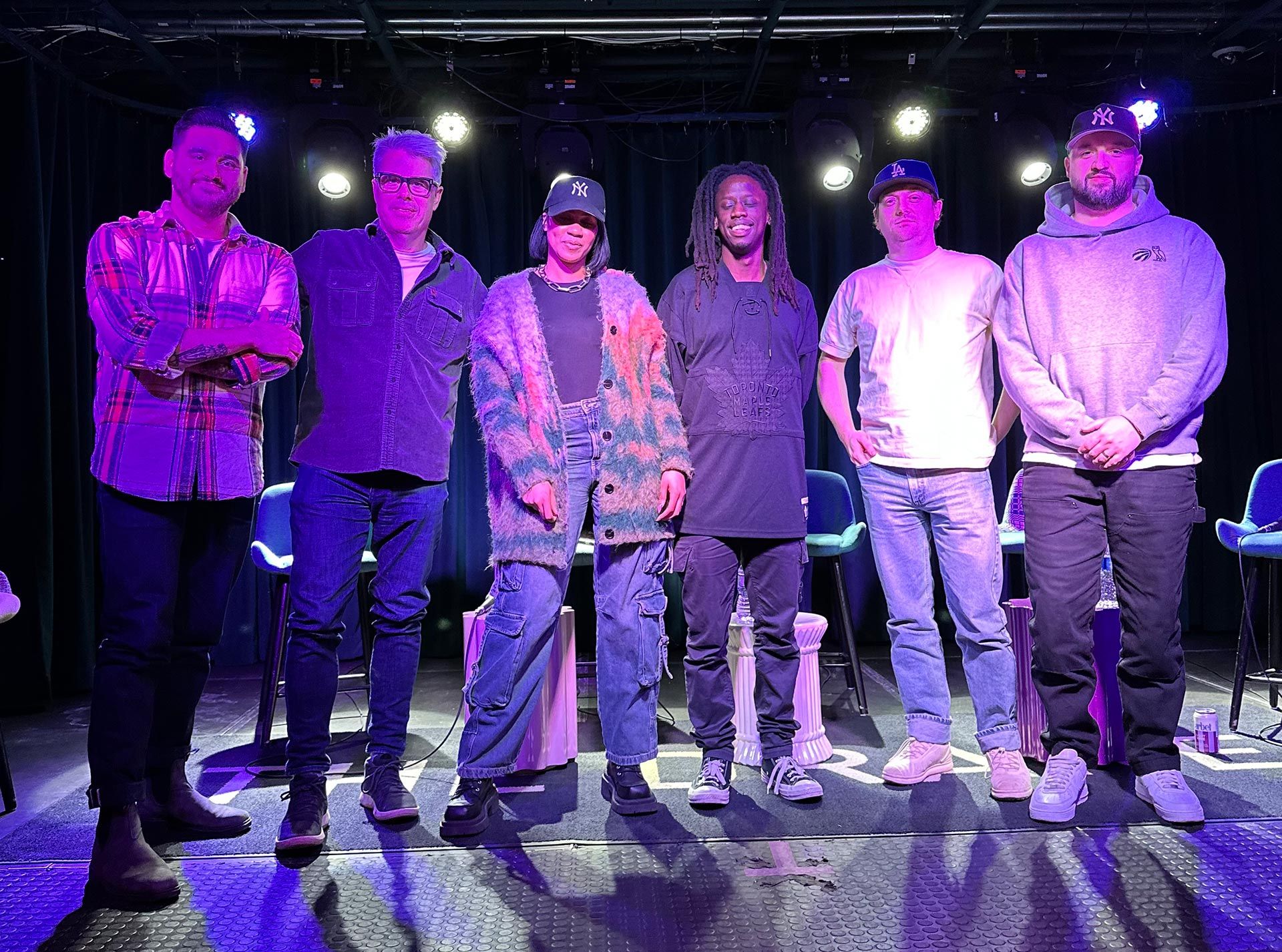
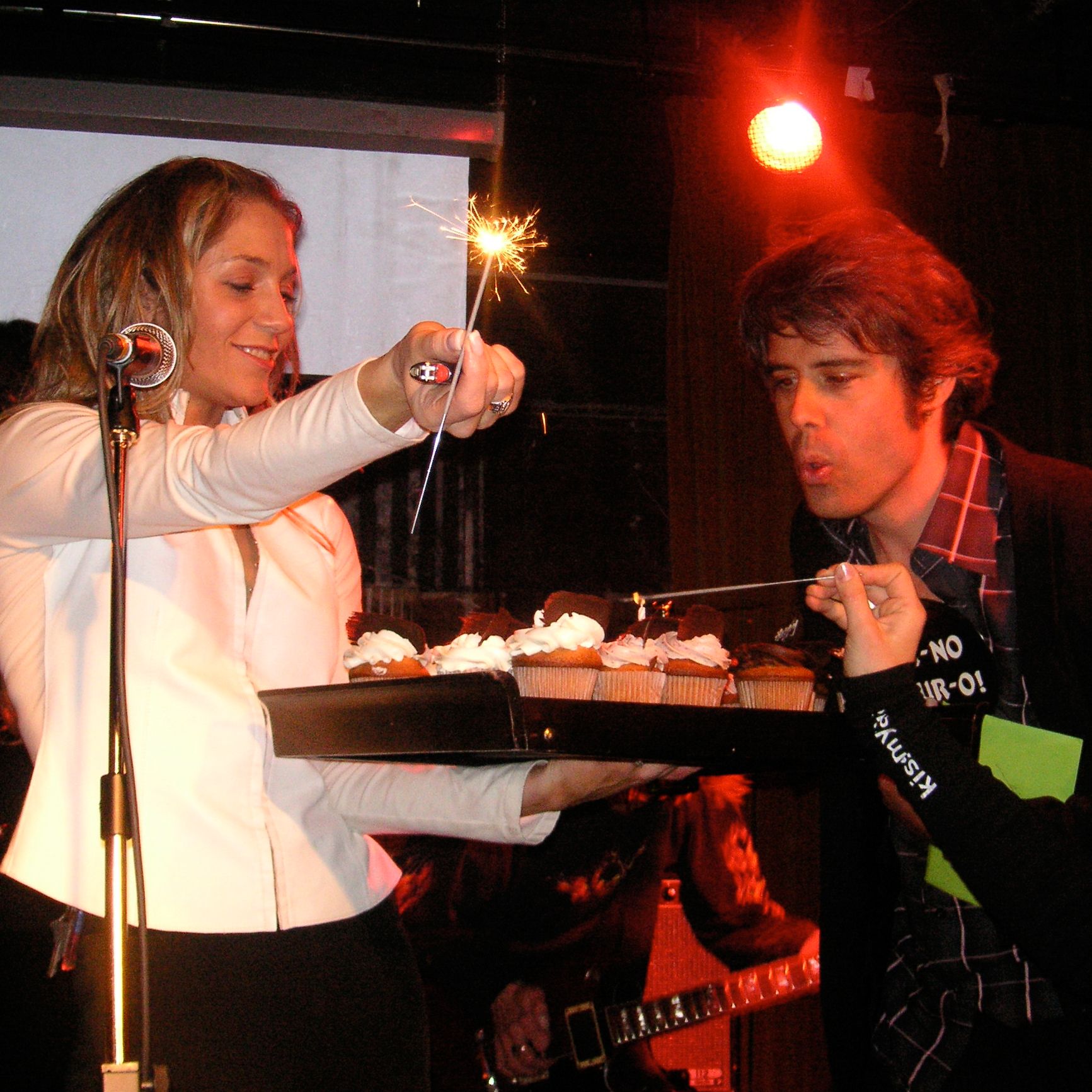
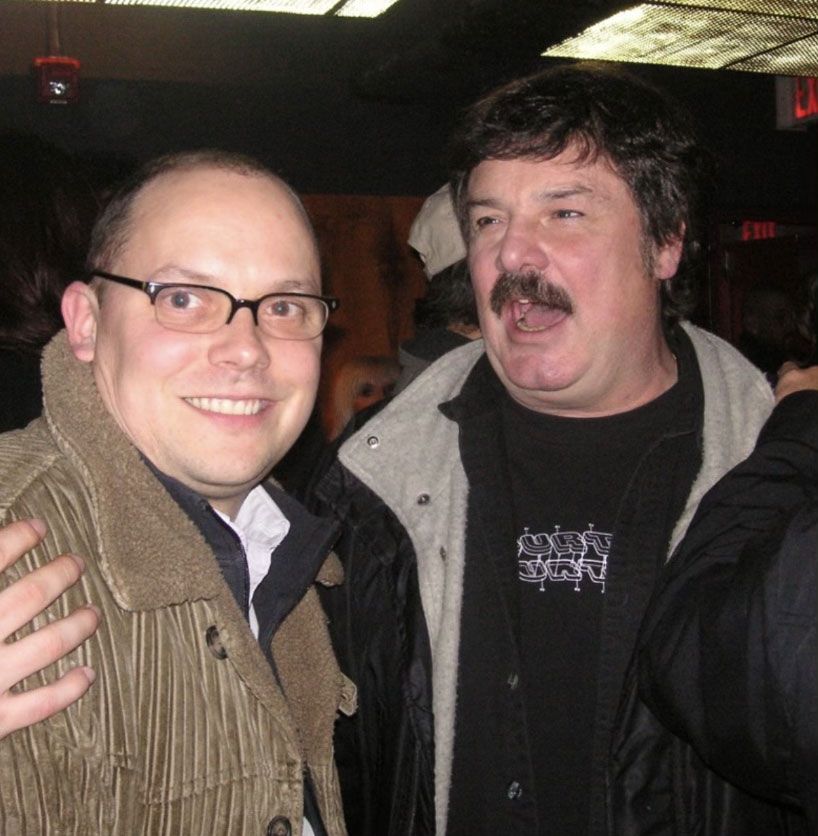
Final Thoughts
What I miss most about my time at the Drake is the frequent exposure to so much amazing live music, being in an intimate room with a phenomenal sound system, and an incredibly hot band often when you were least expecting it. While writing this post, I dug through my archives and posted a few performance highlights to my YouTube channel. I leave you with eight clips that capture the early spirit of the Drake as I remember it. No doubt many of you have your own memories – I'd love to hear your reflections and recollections in the comments below.

